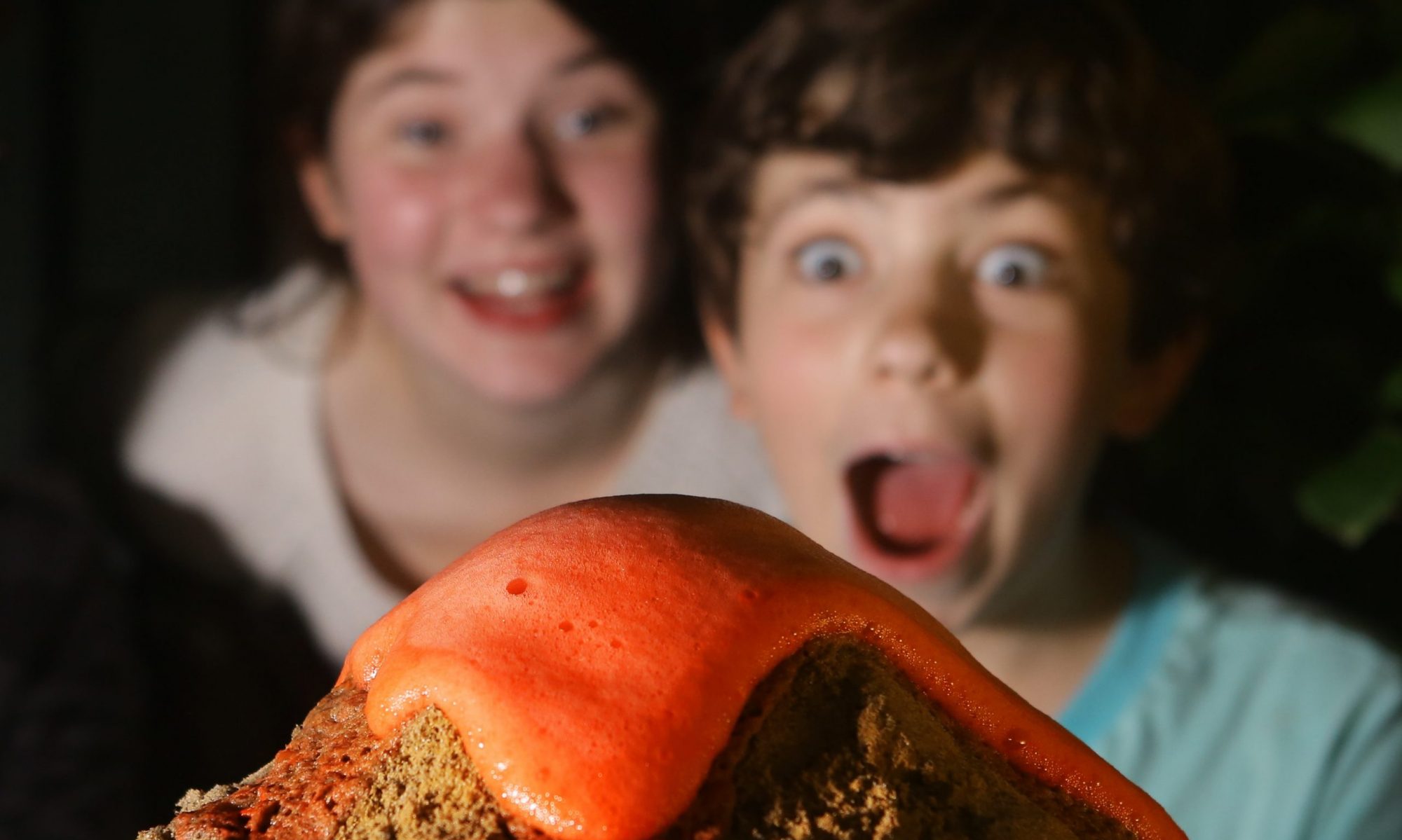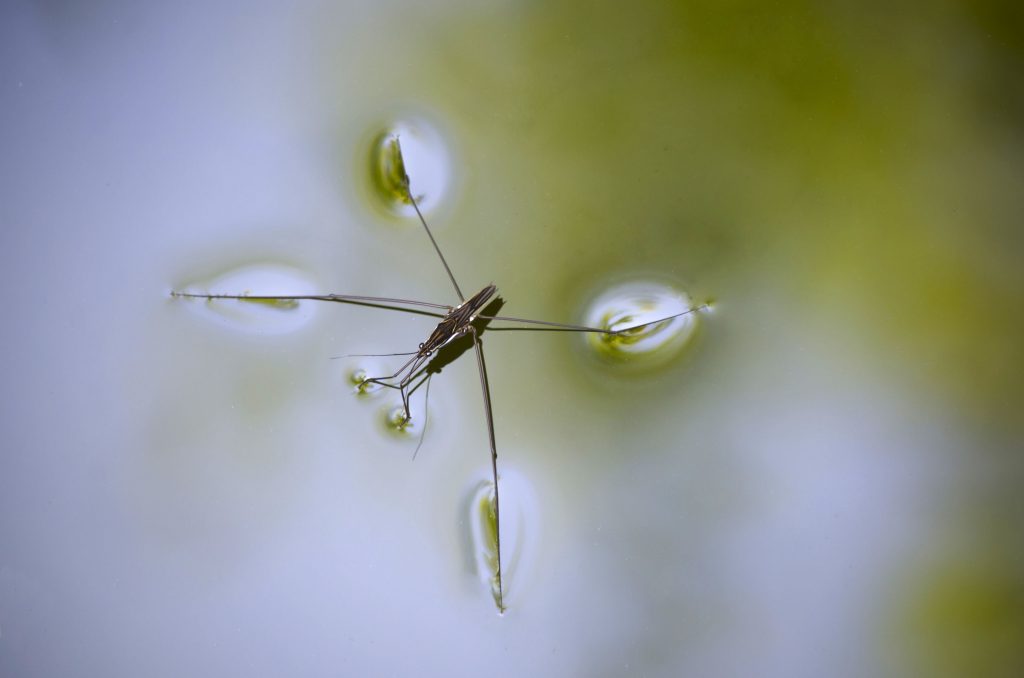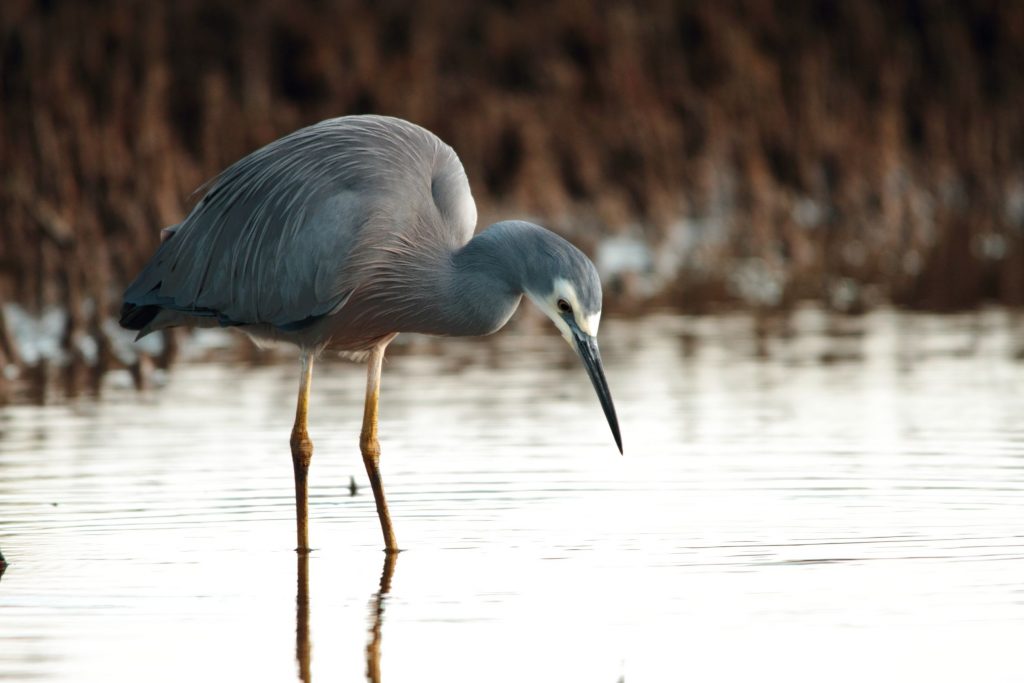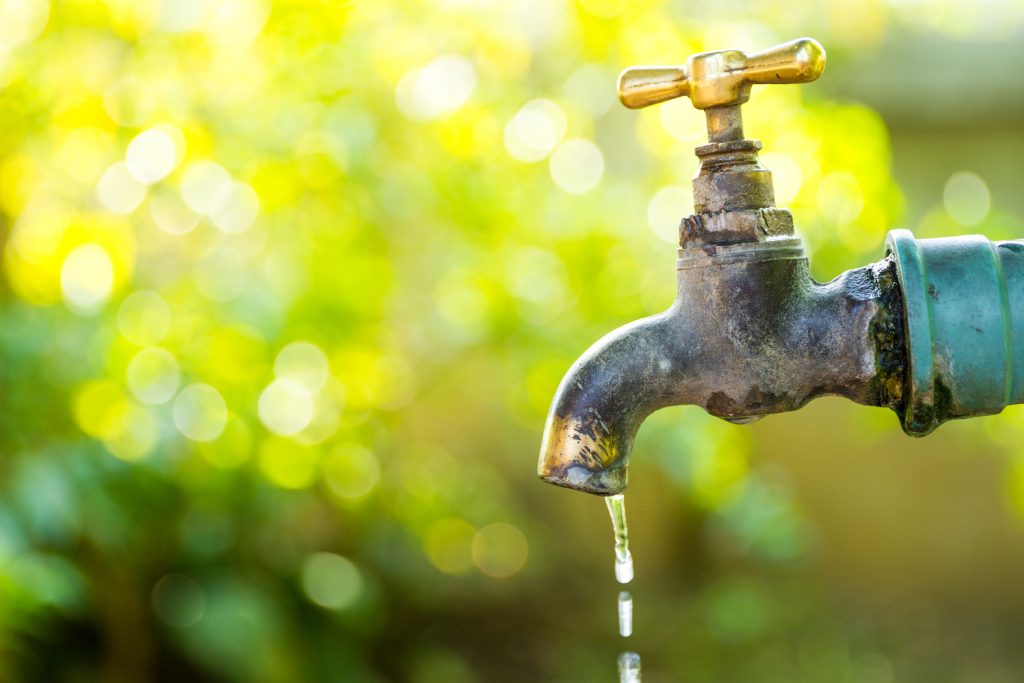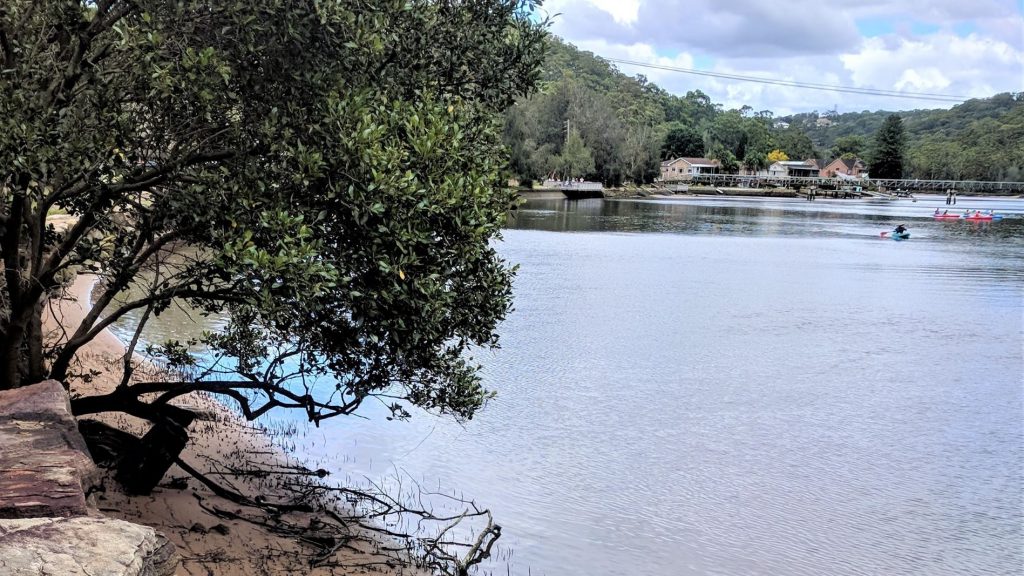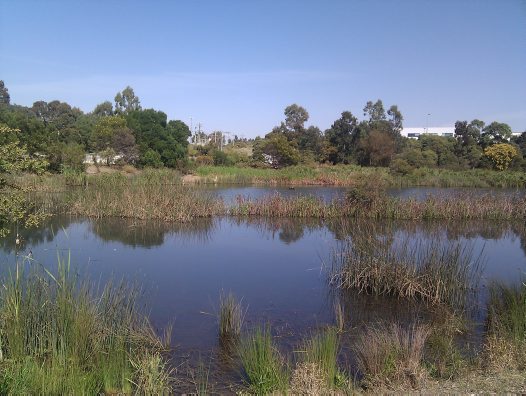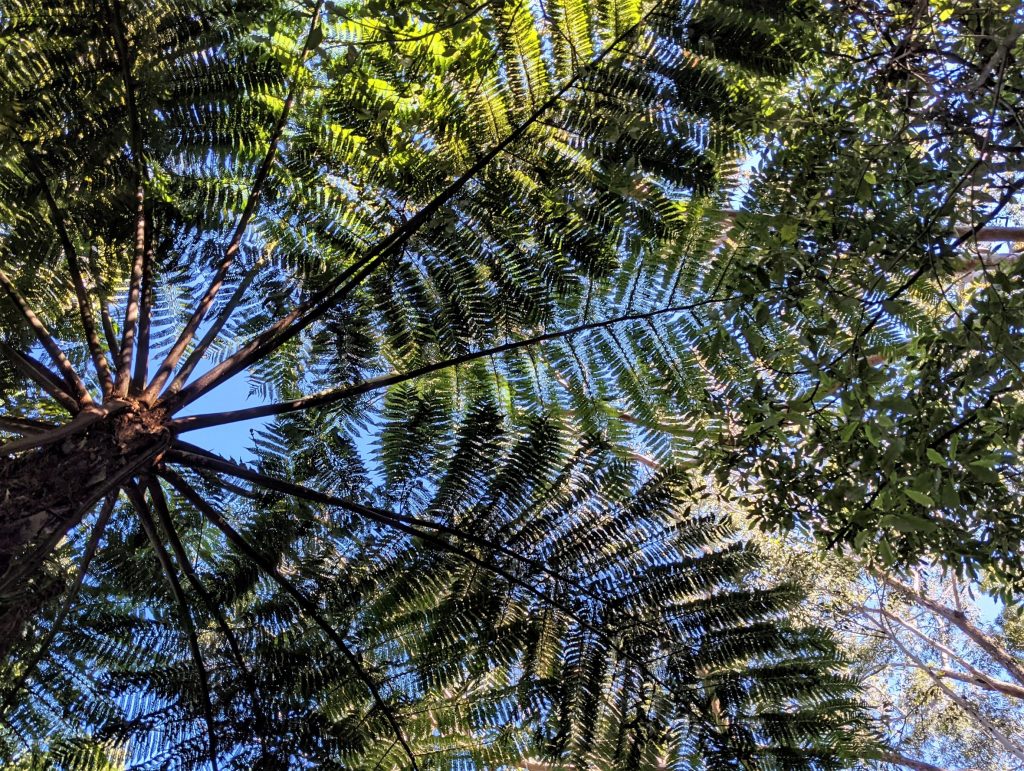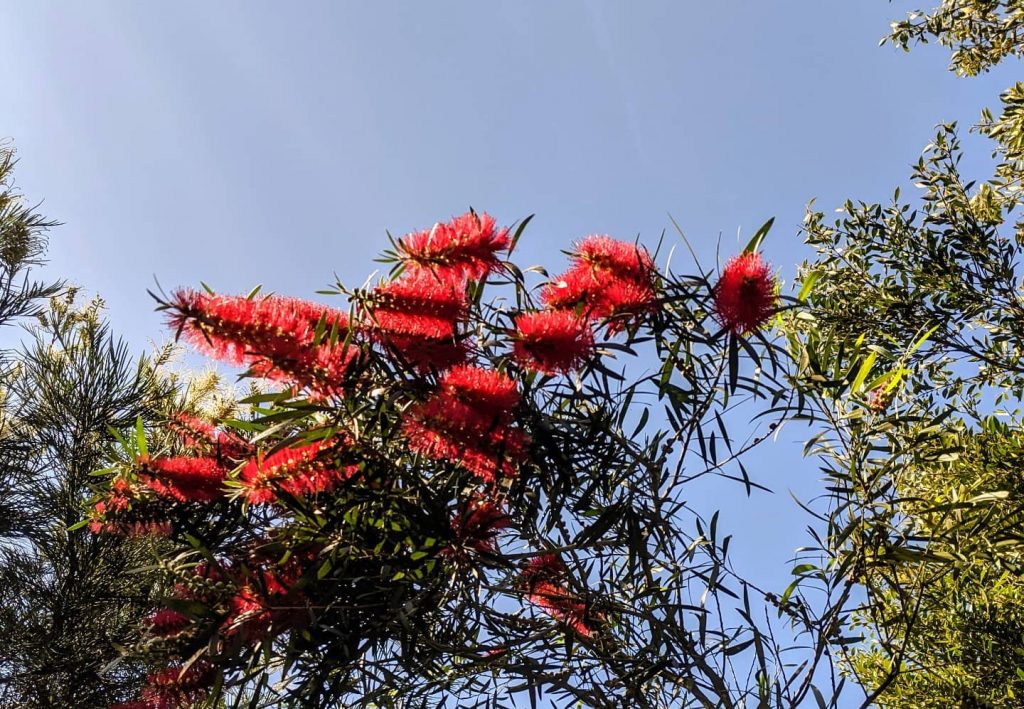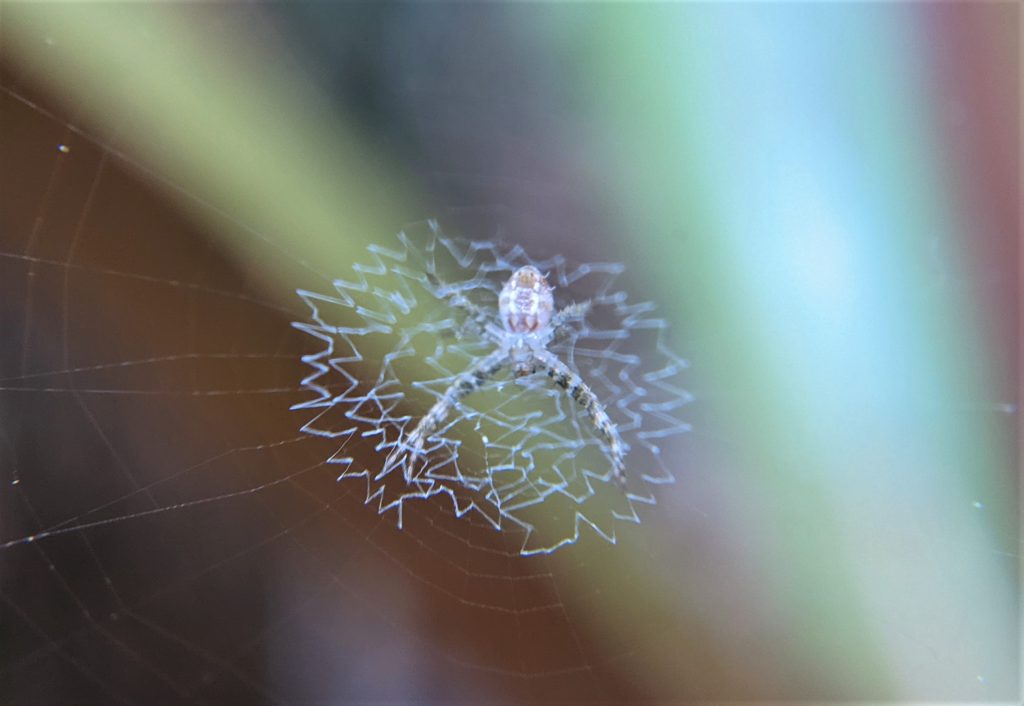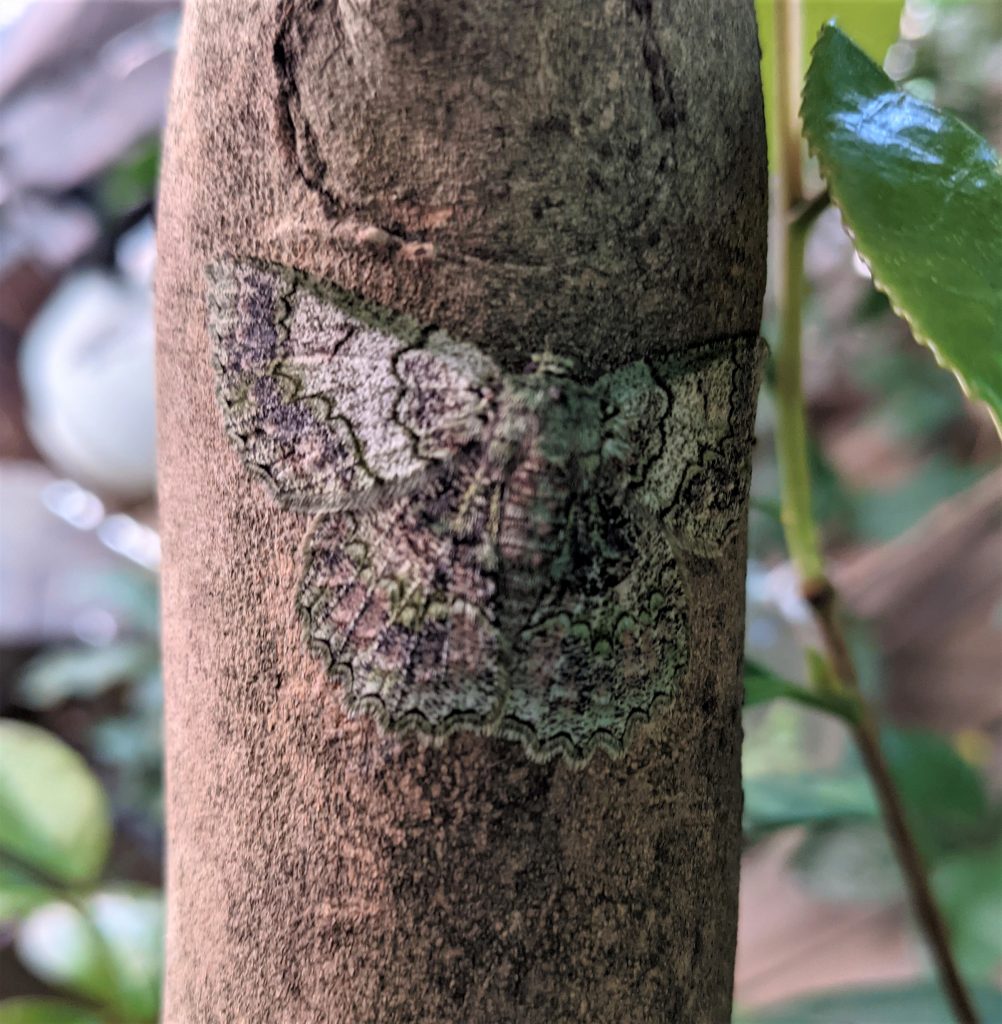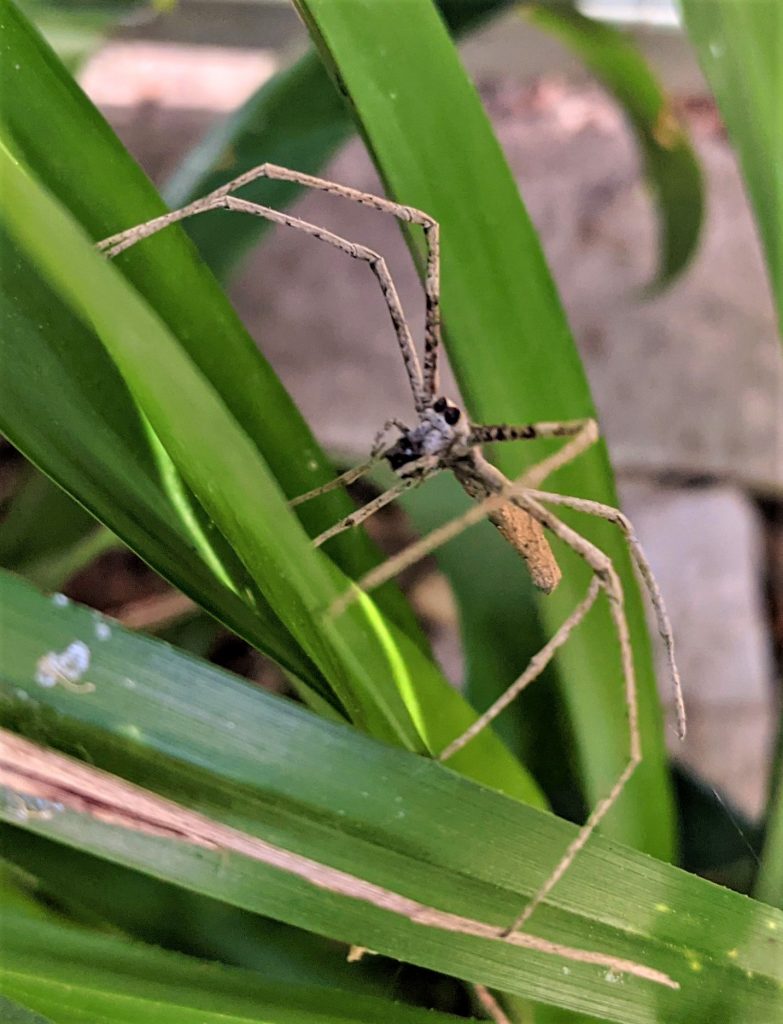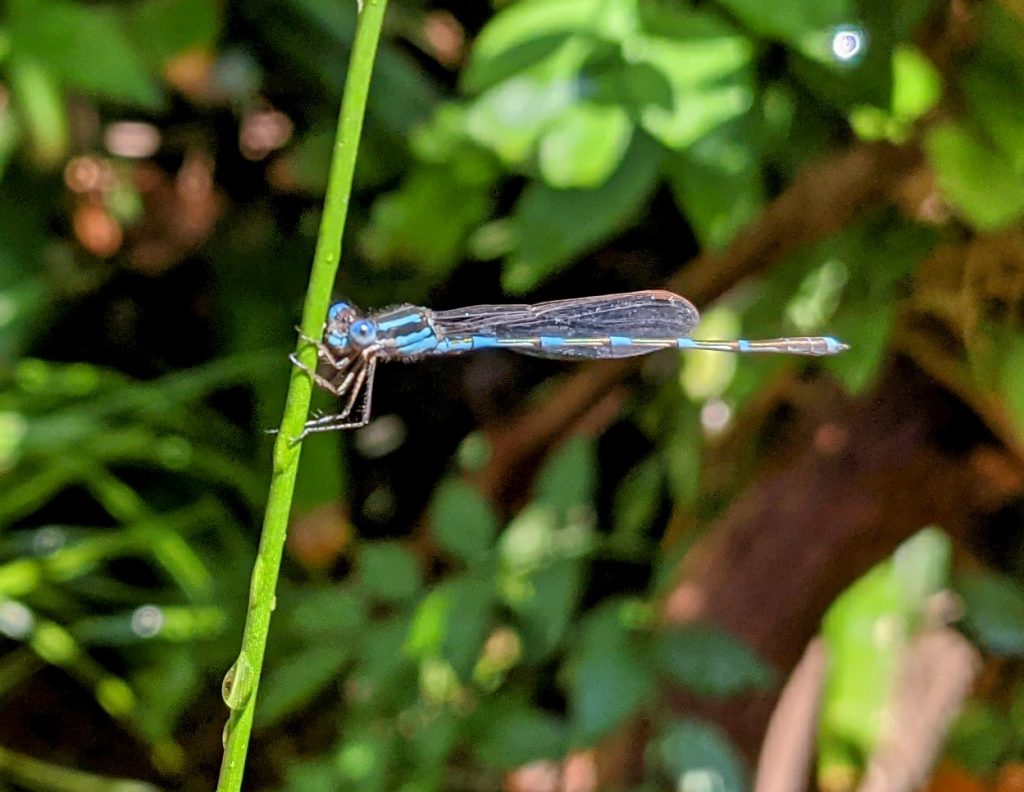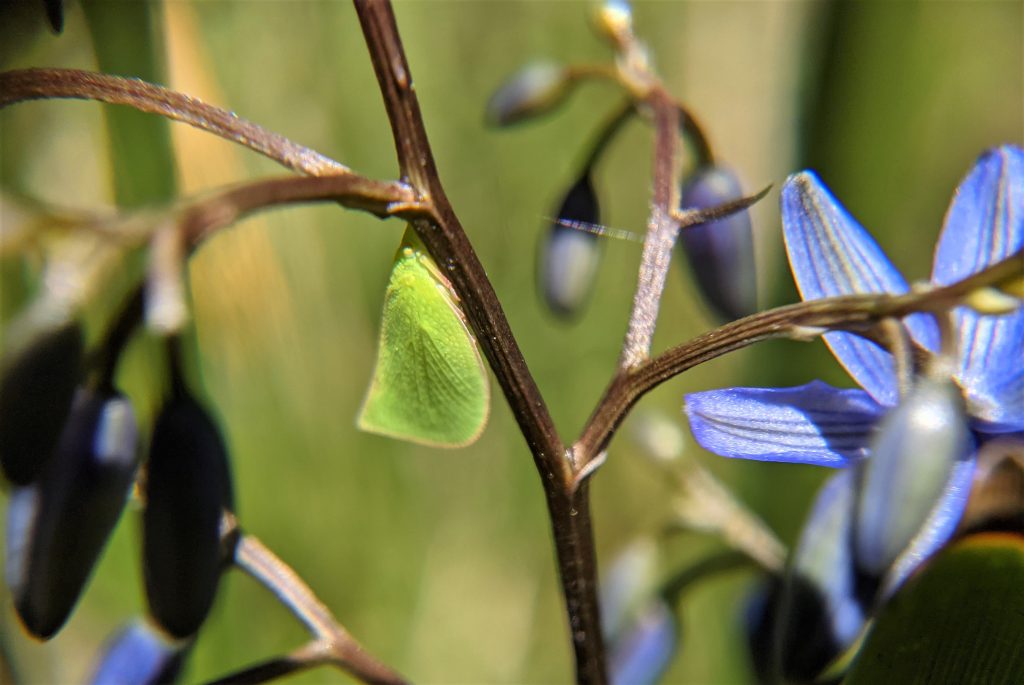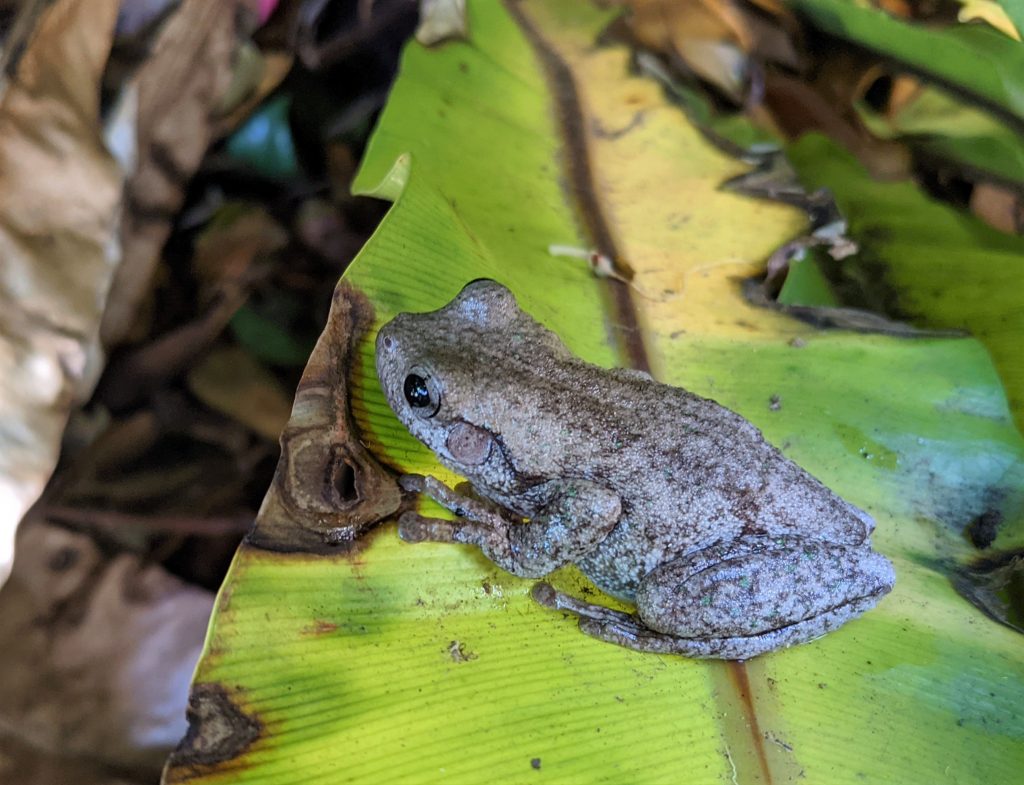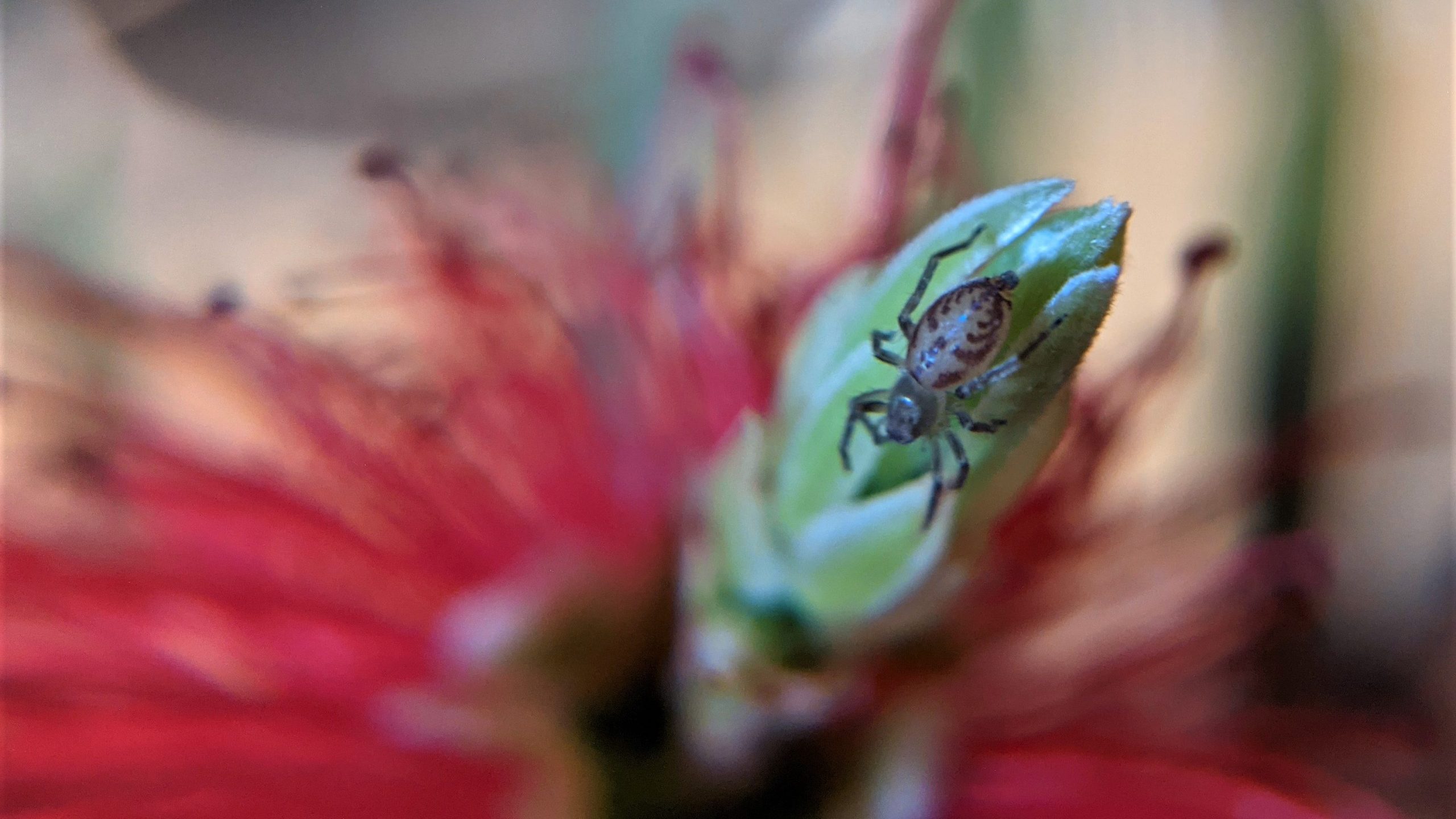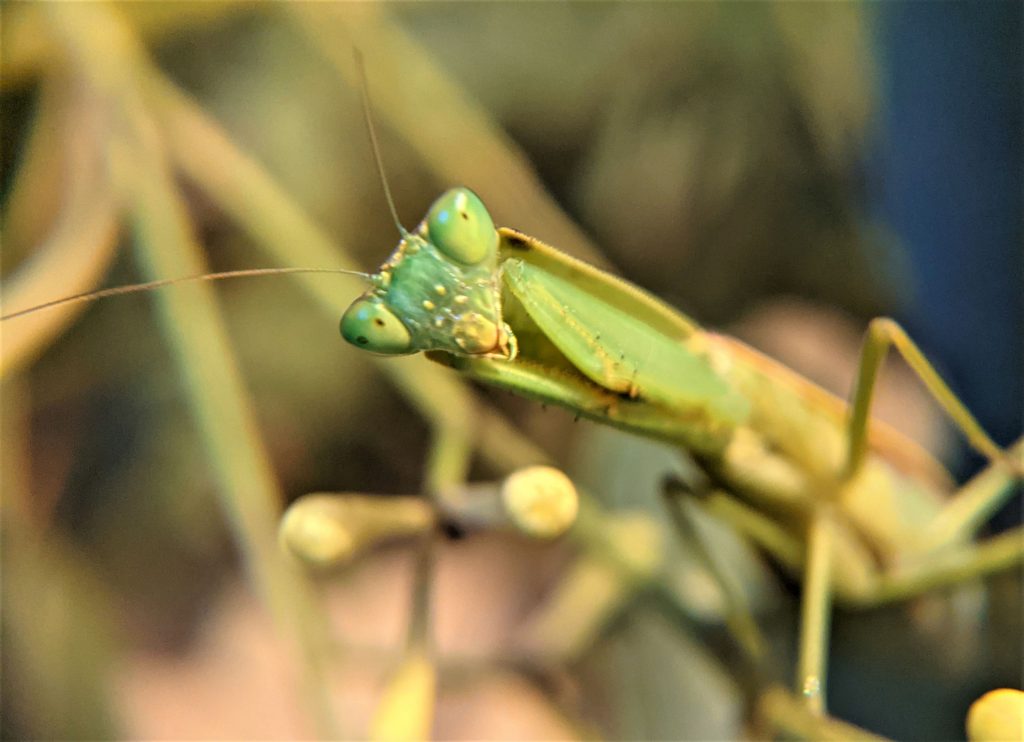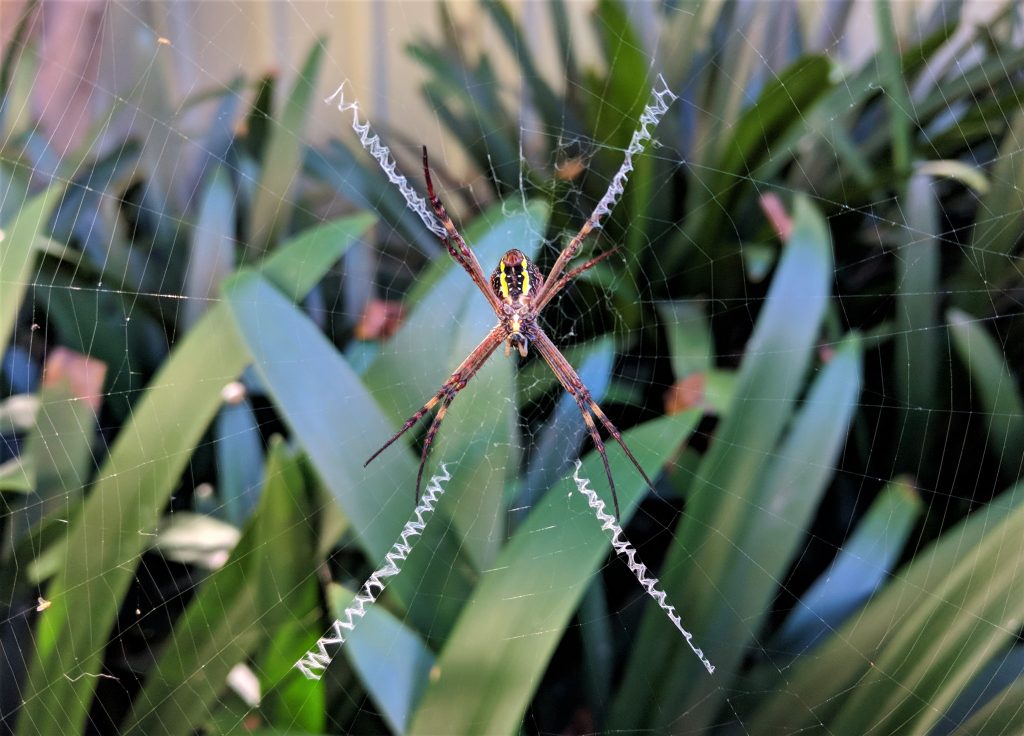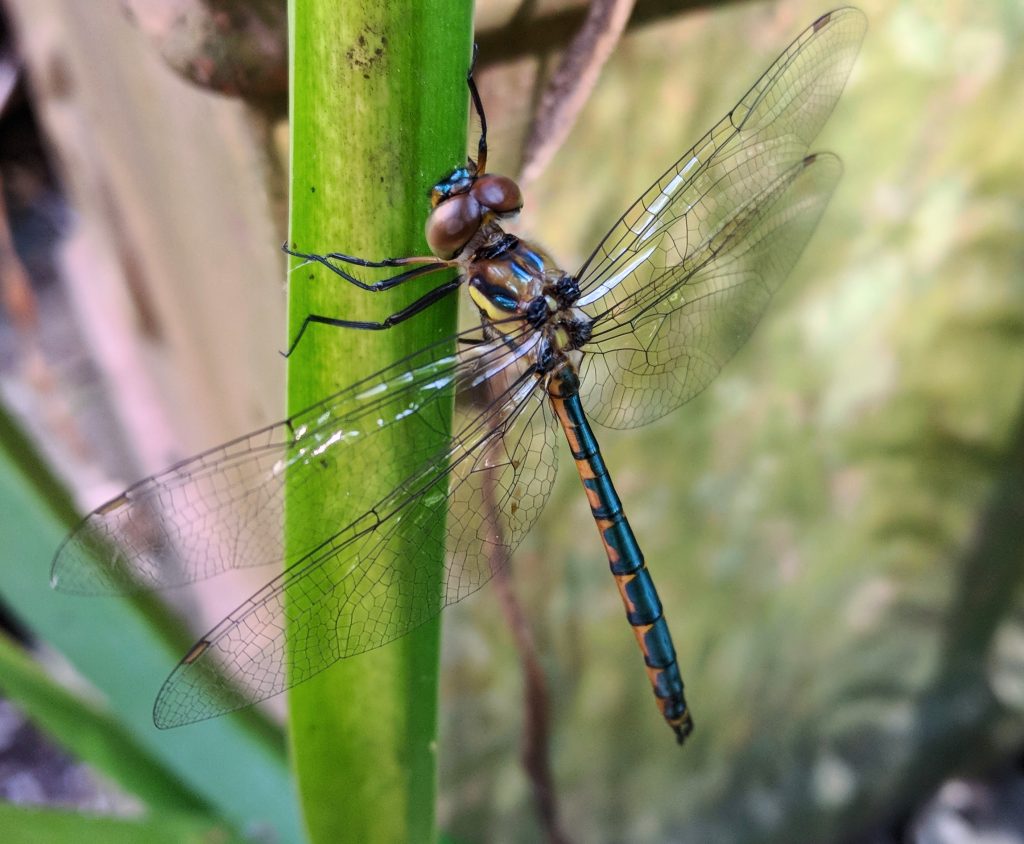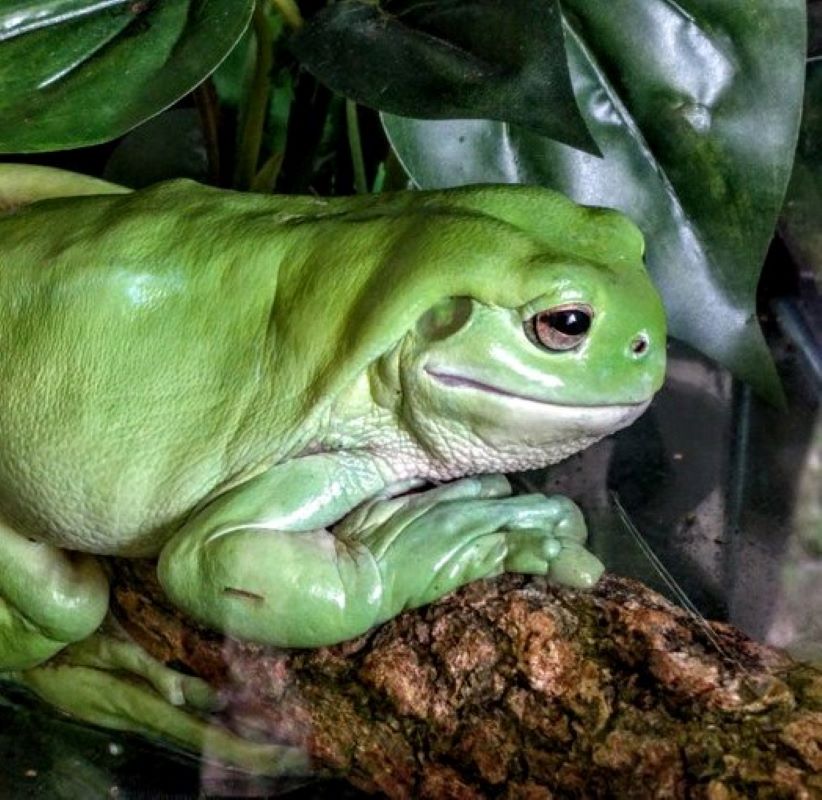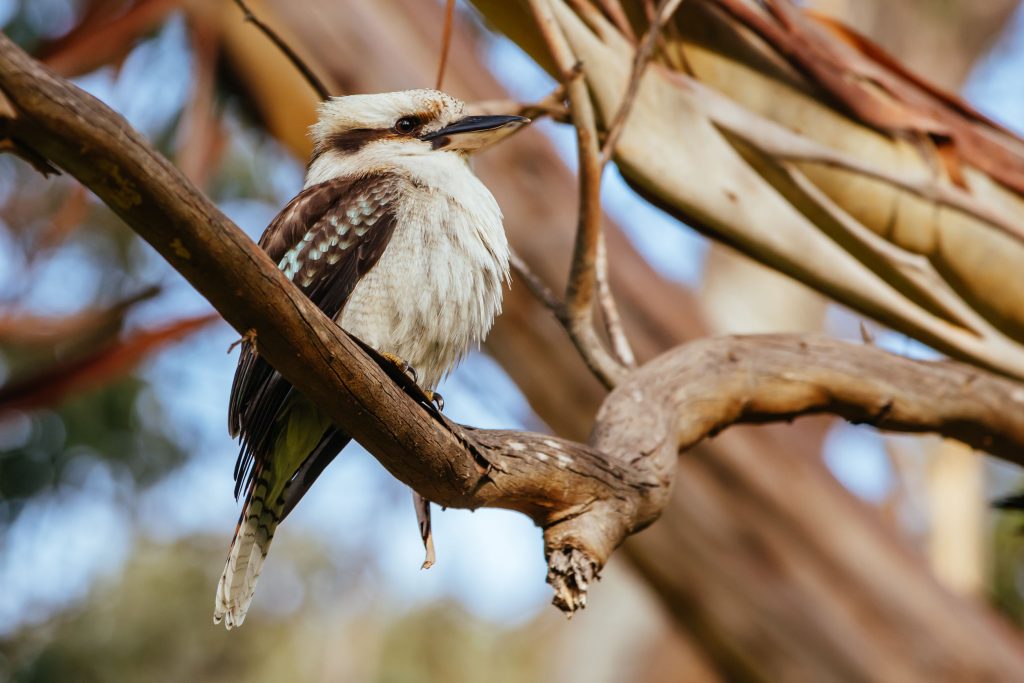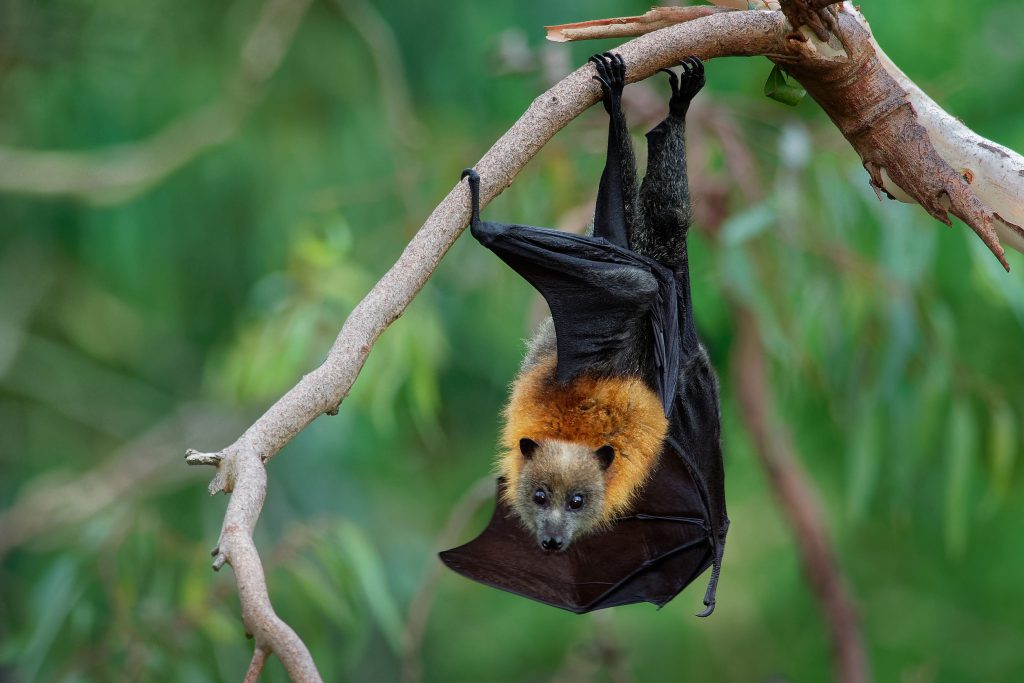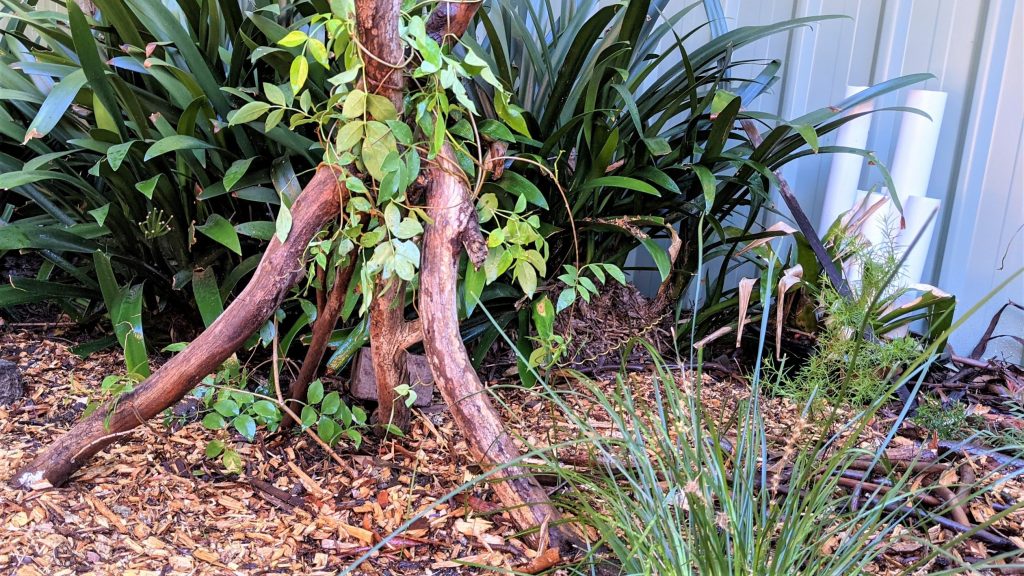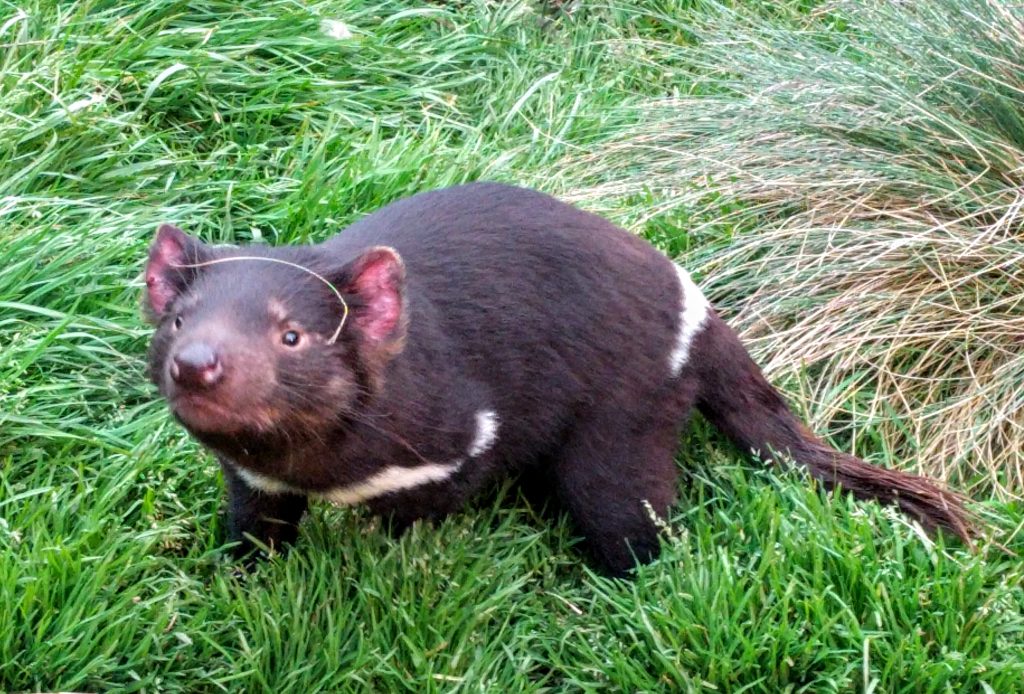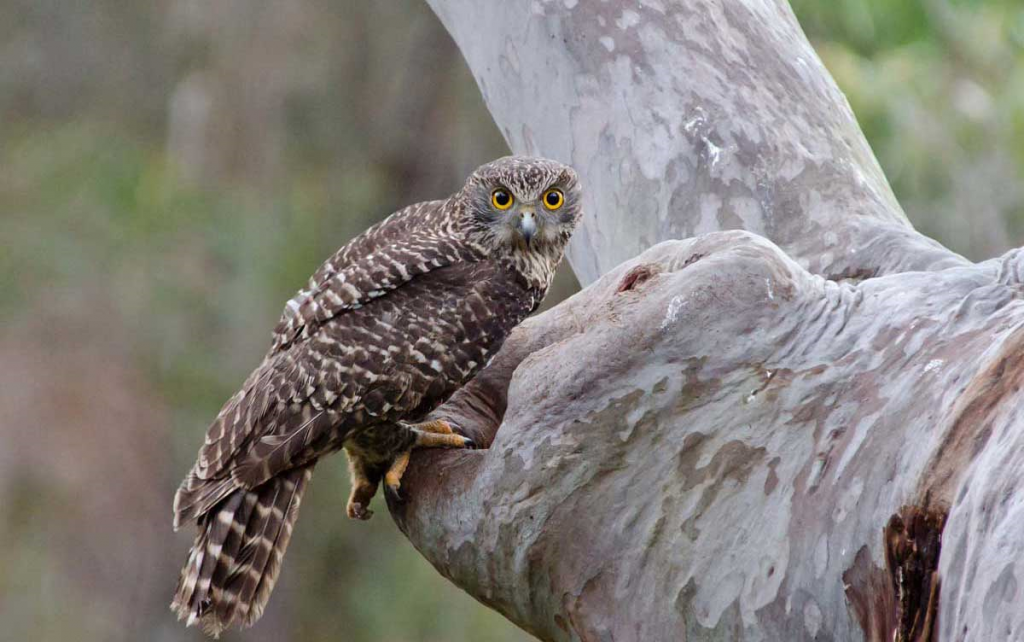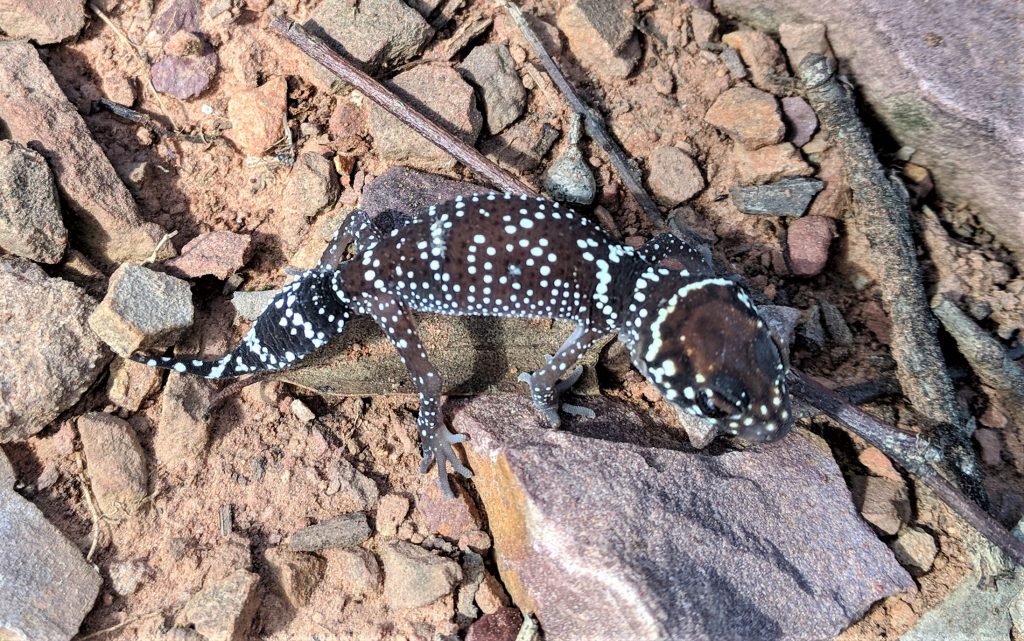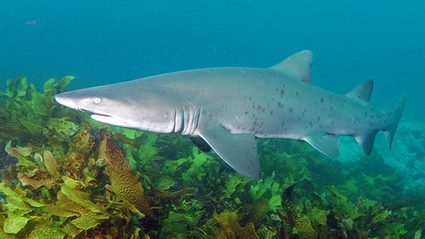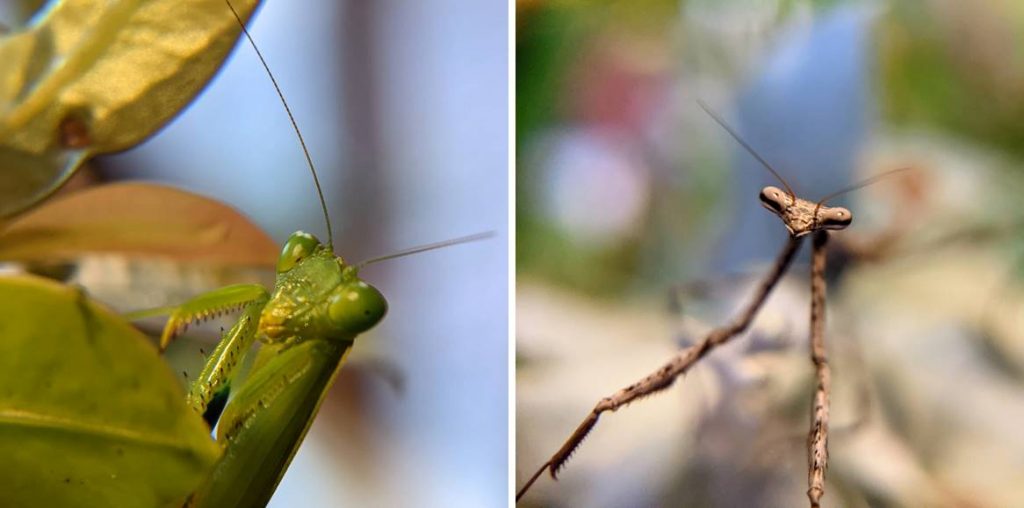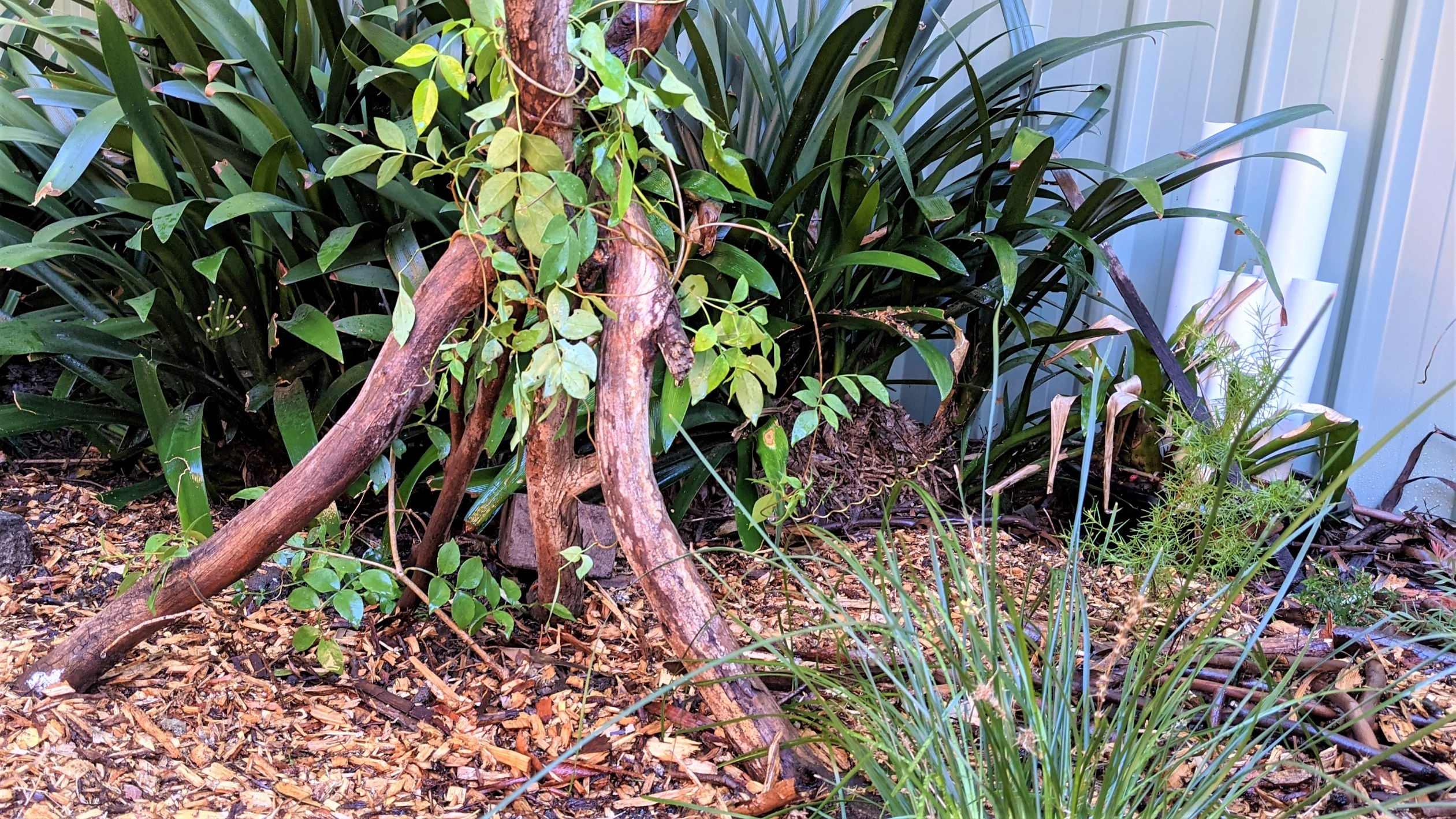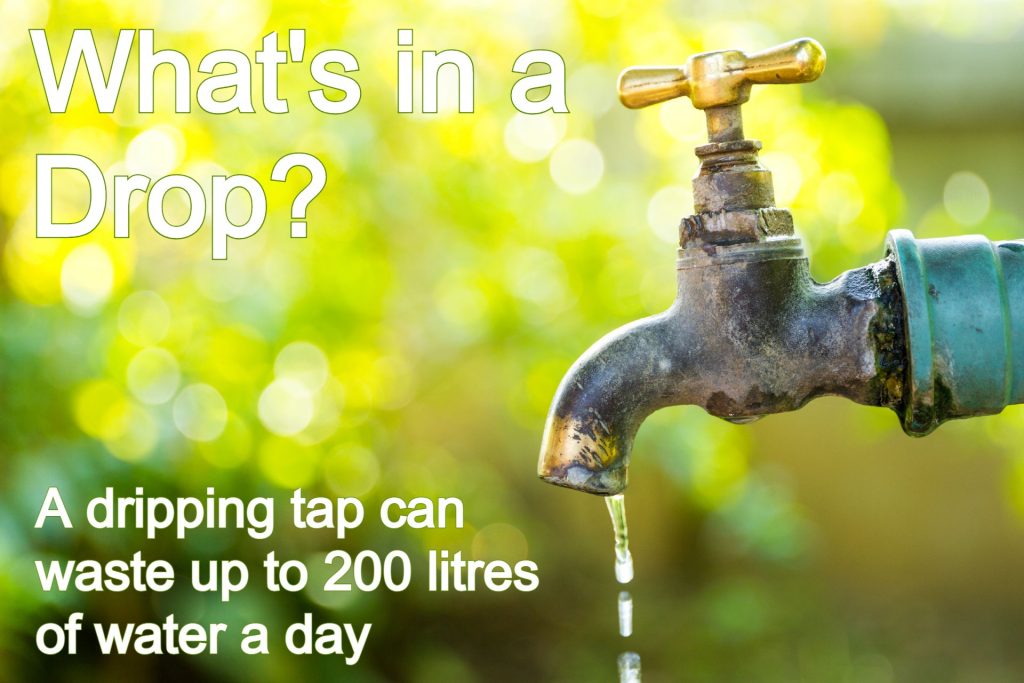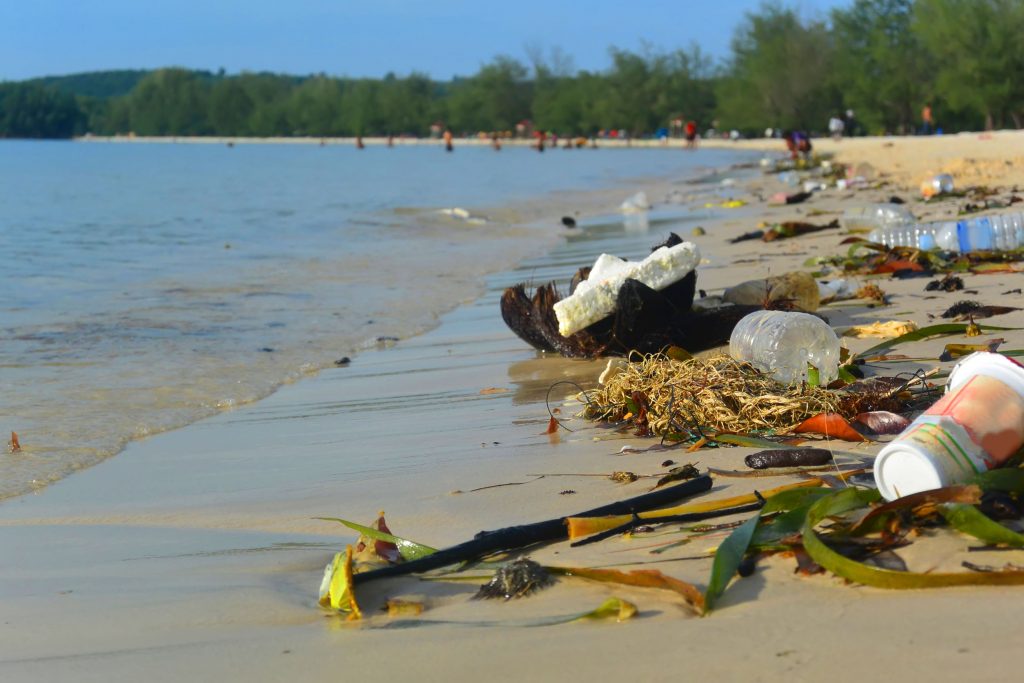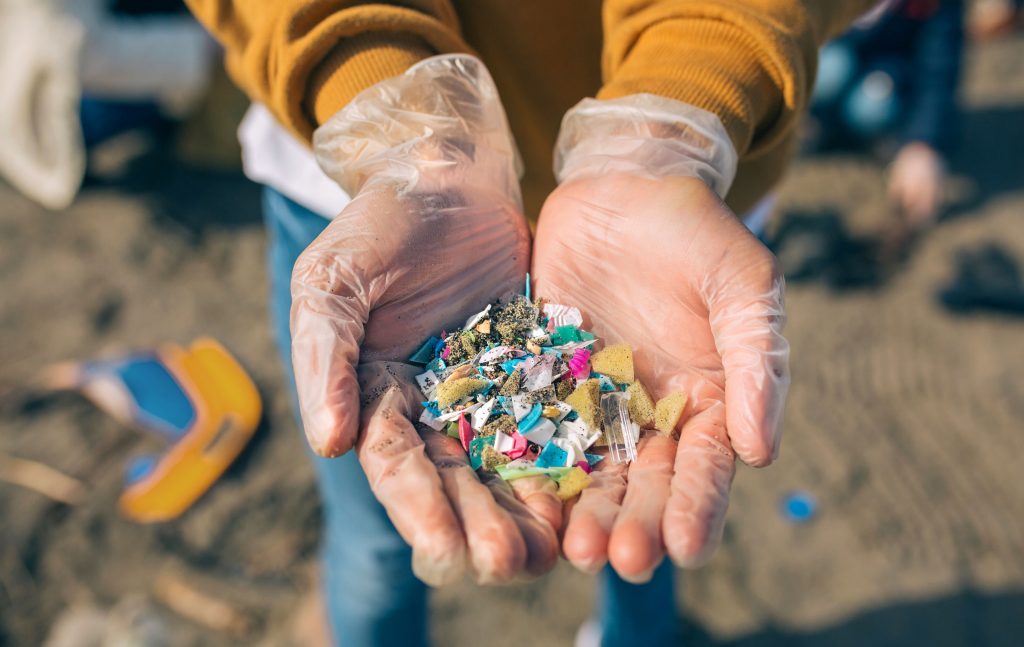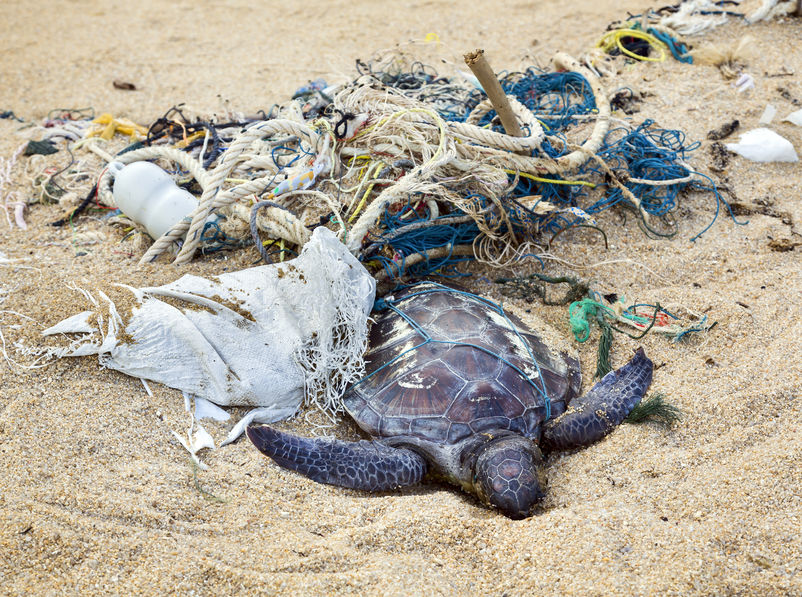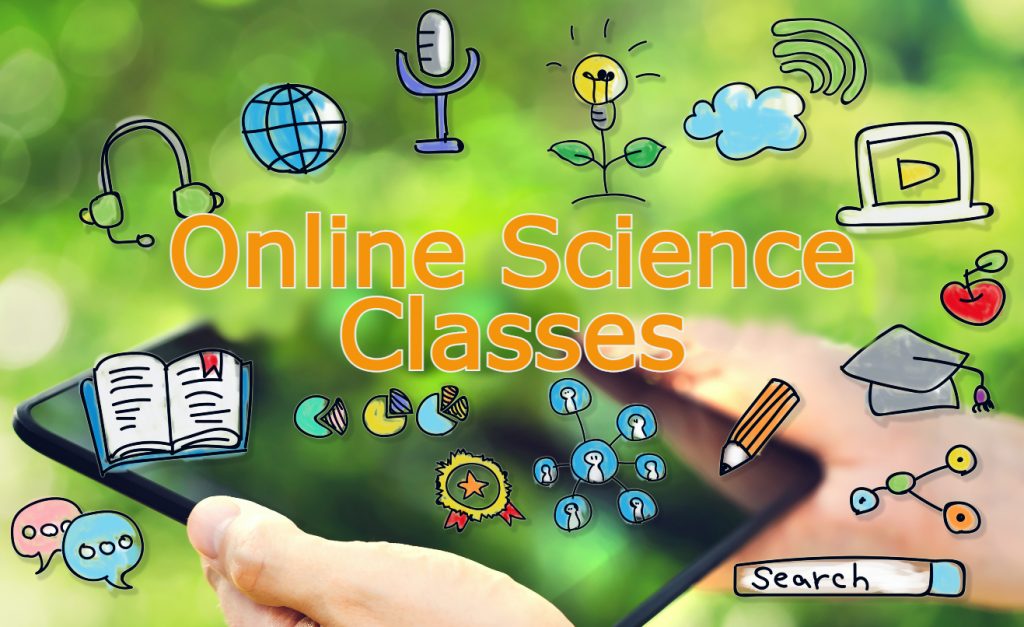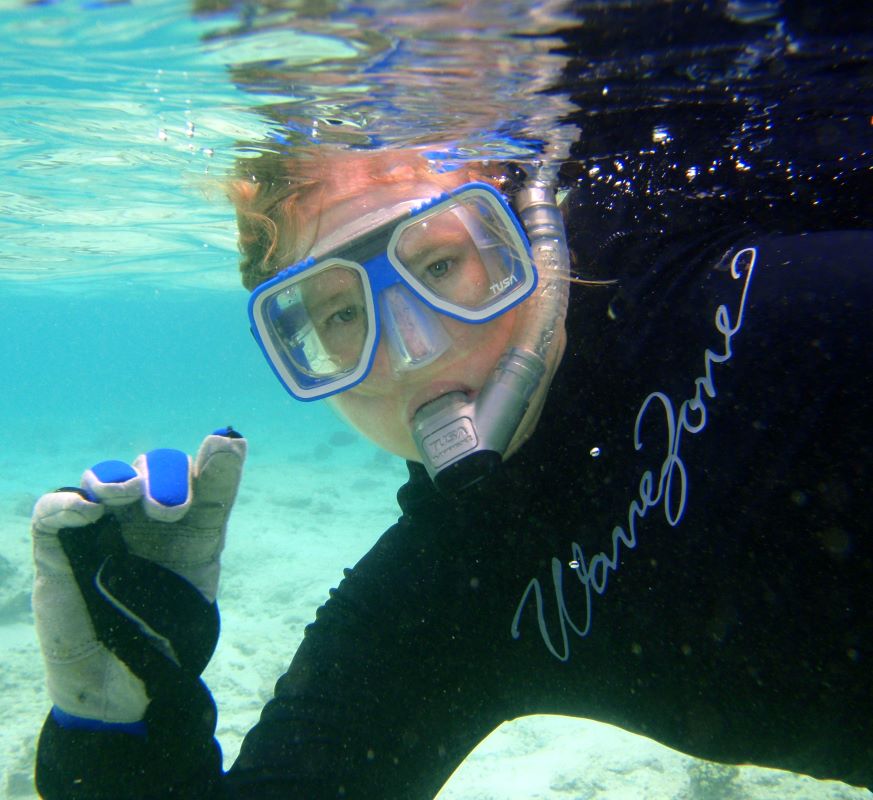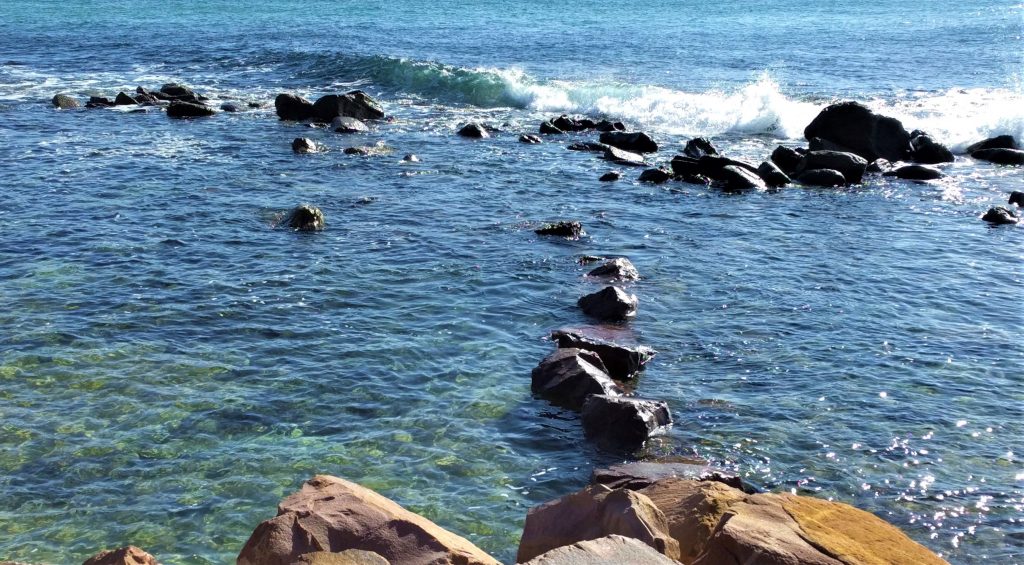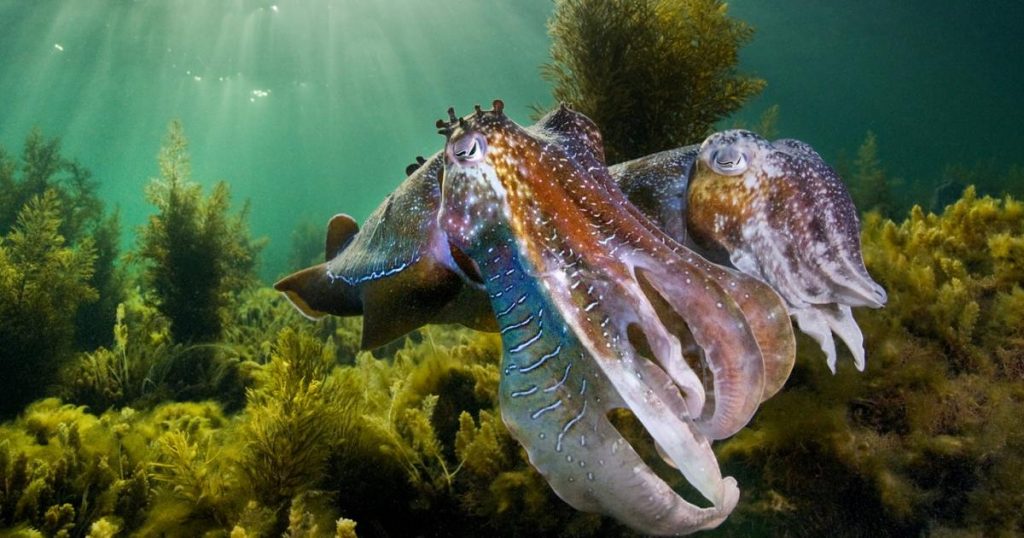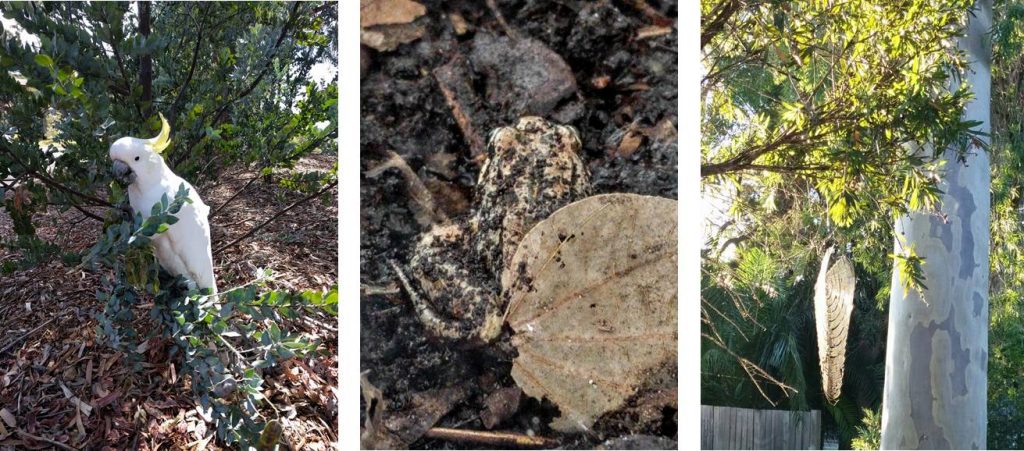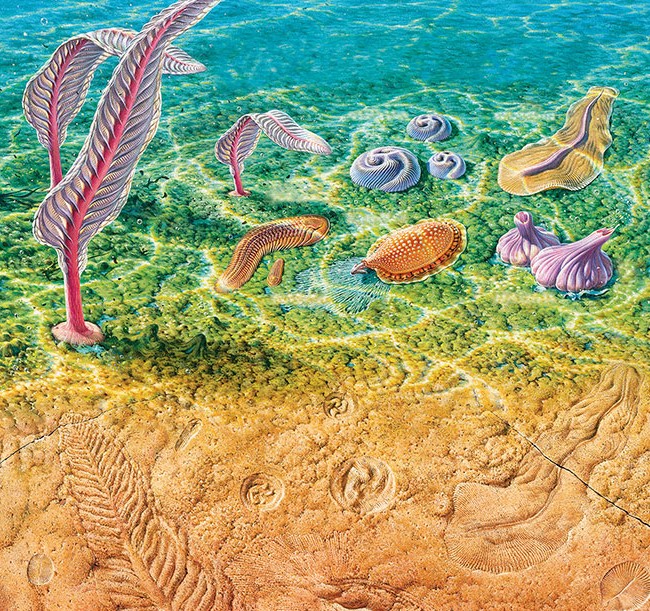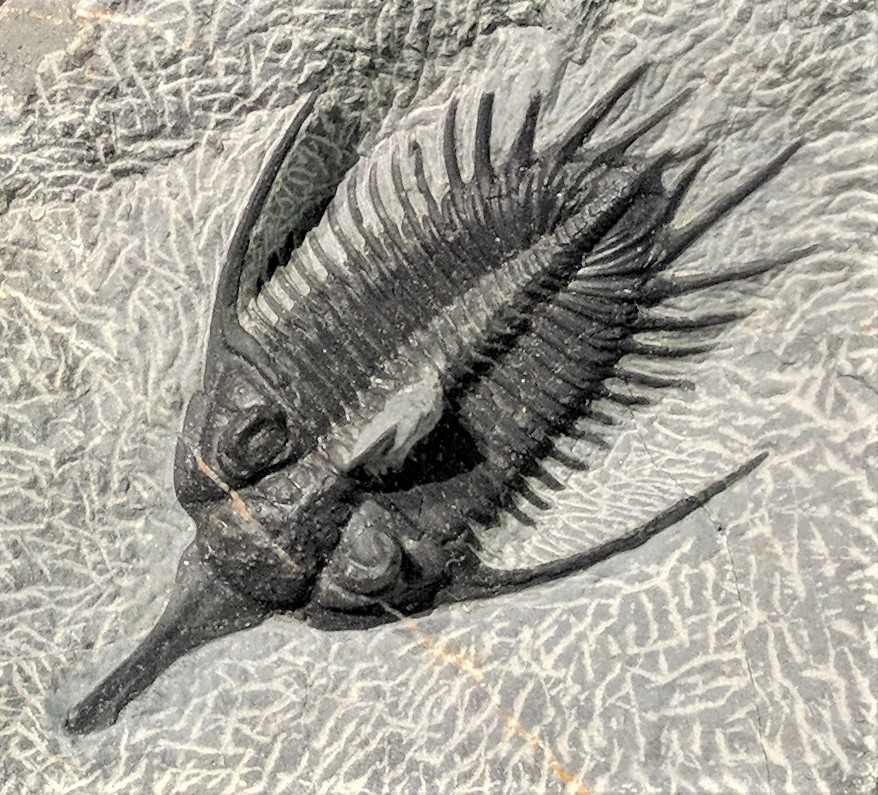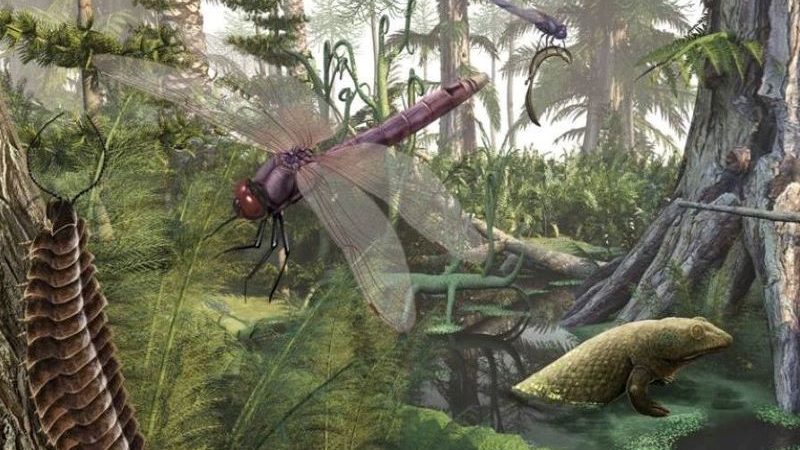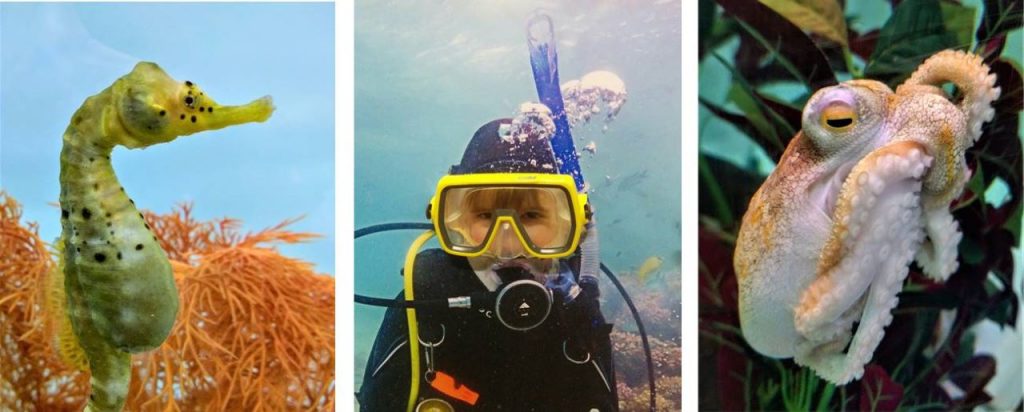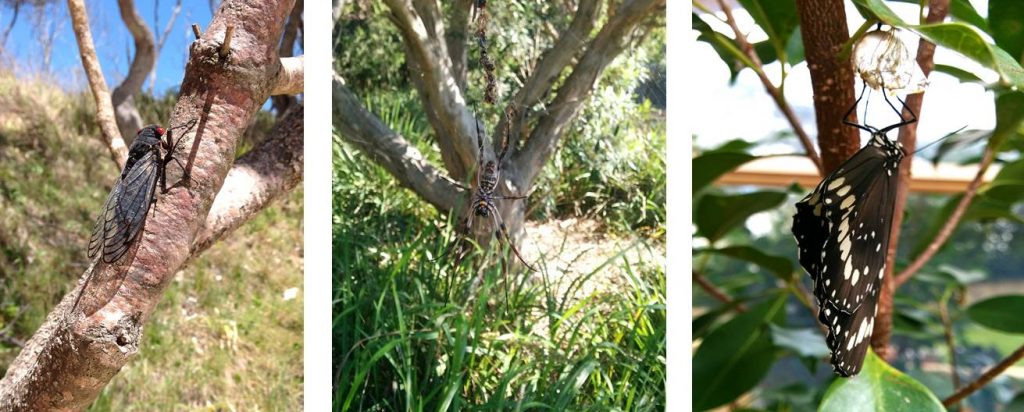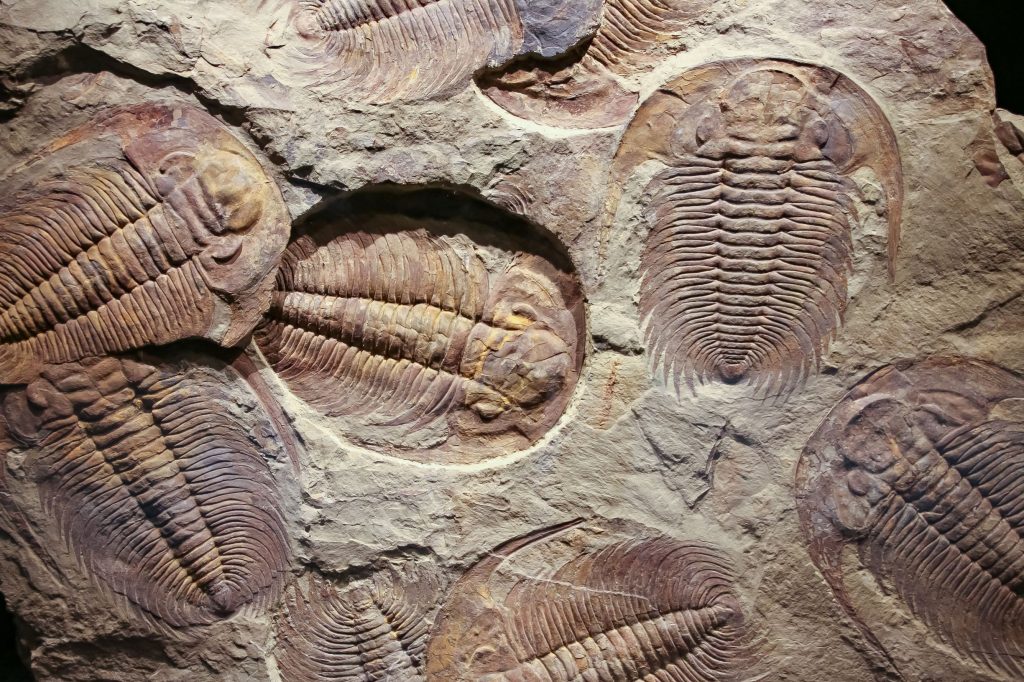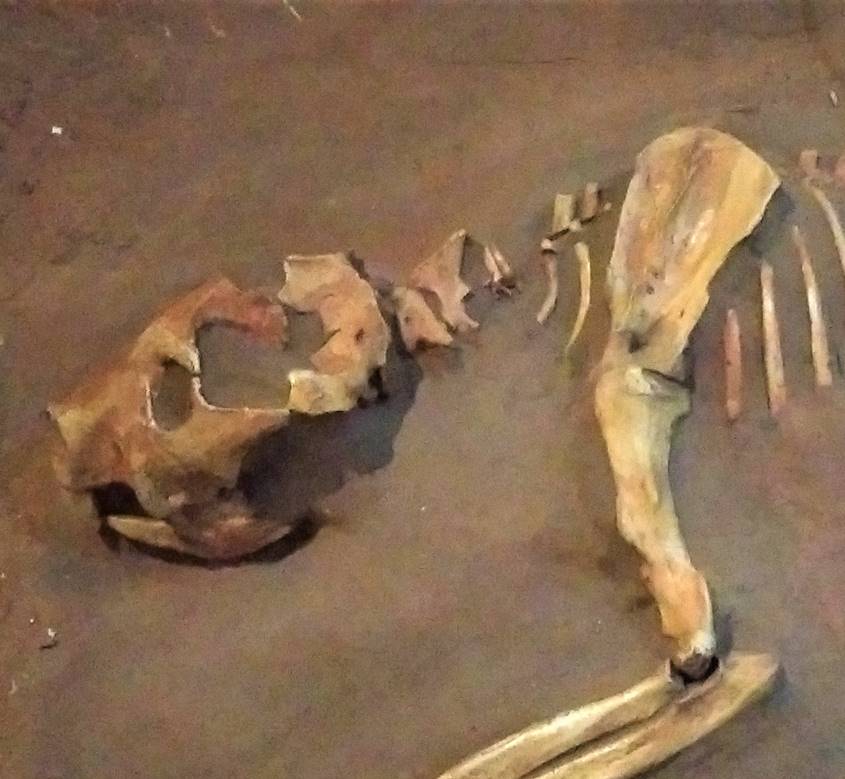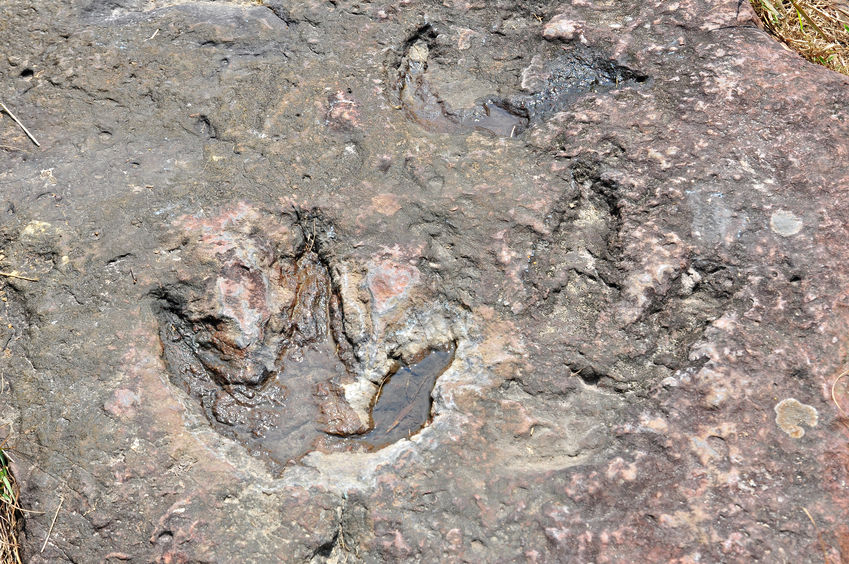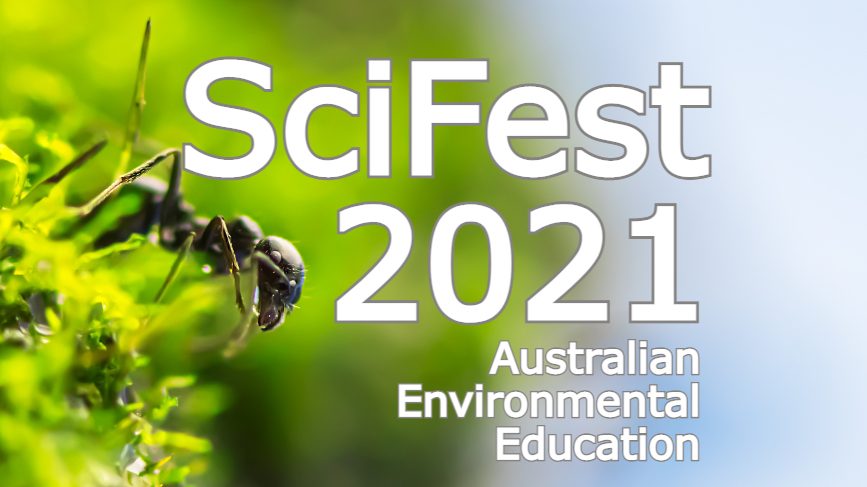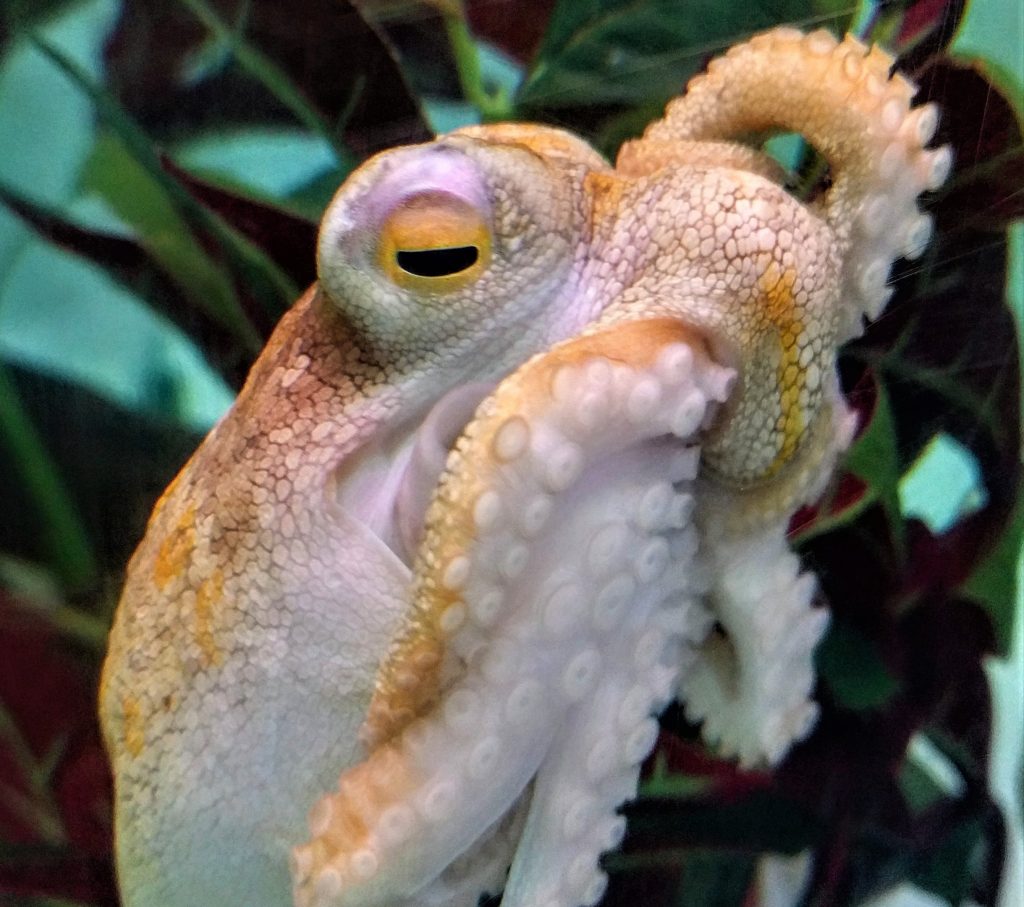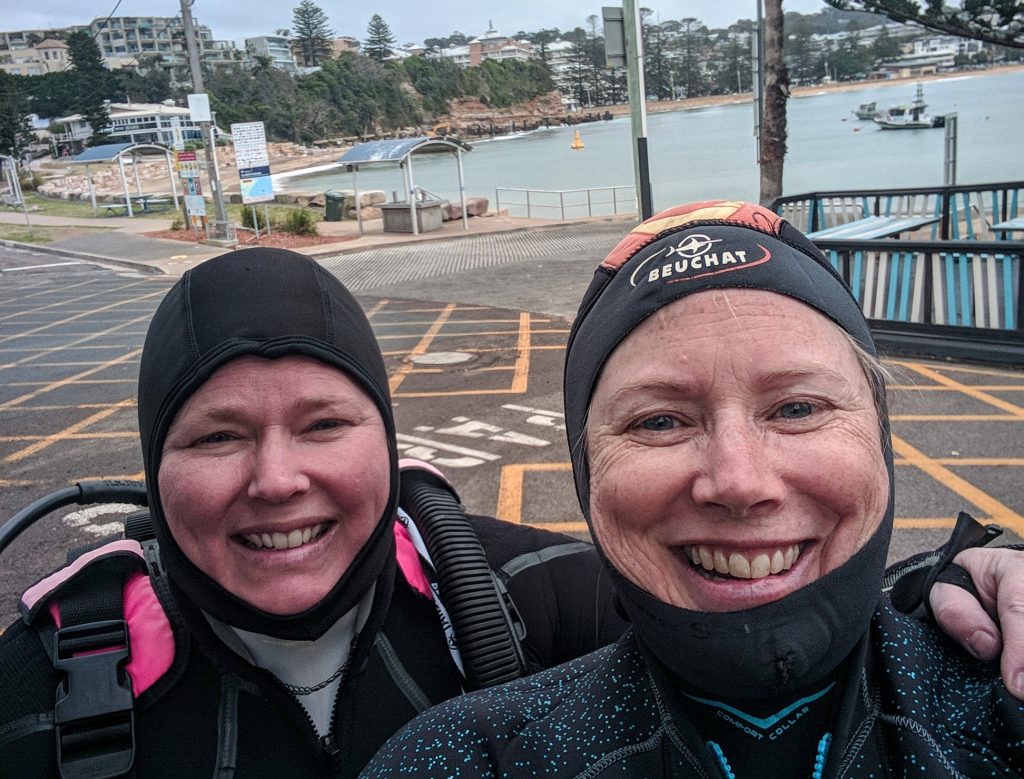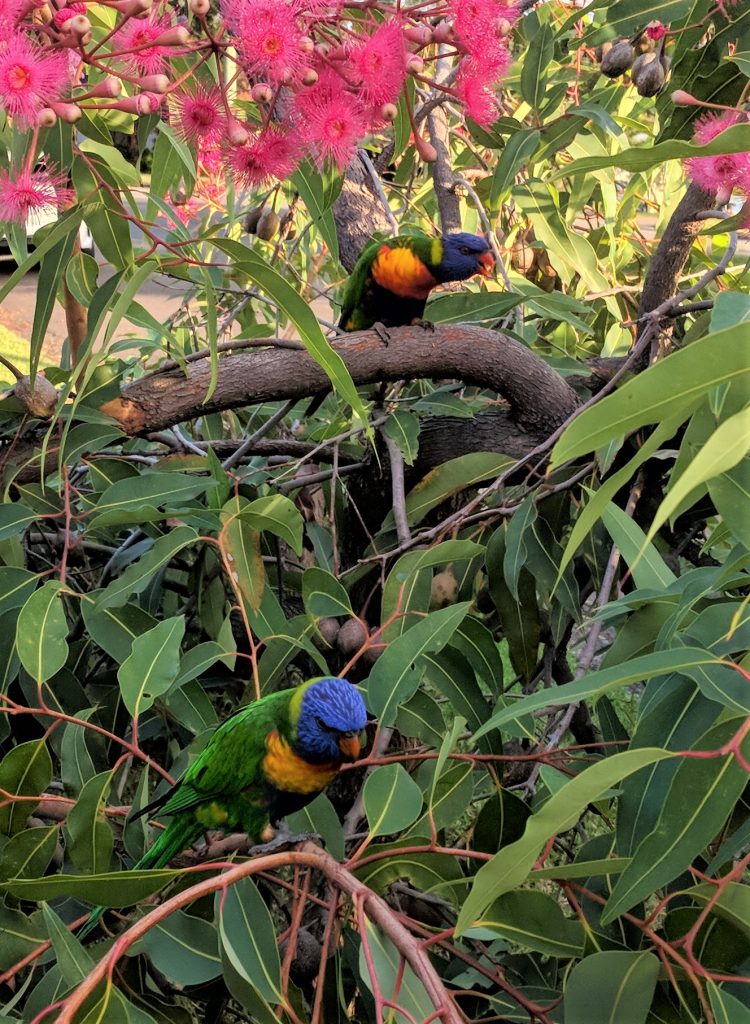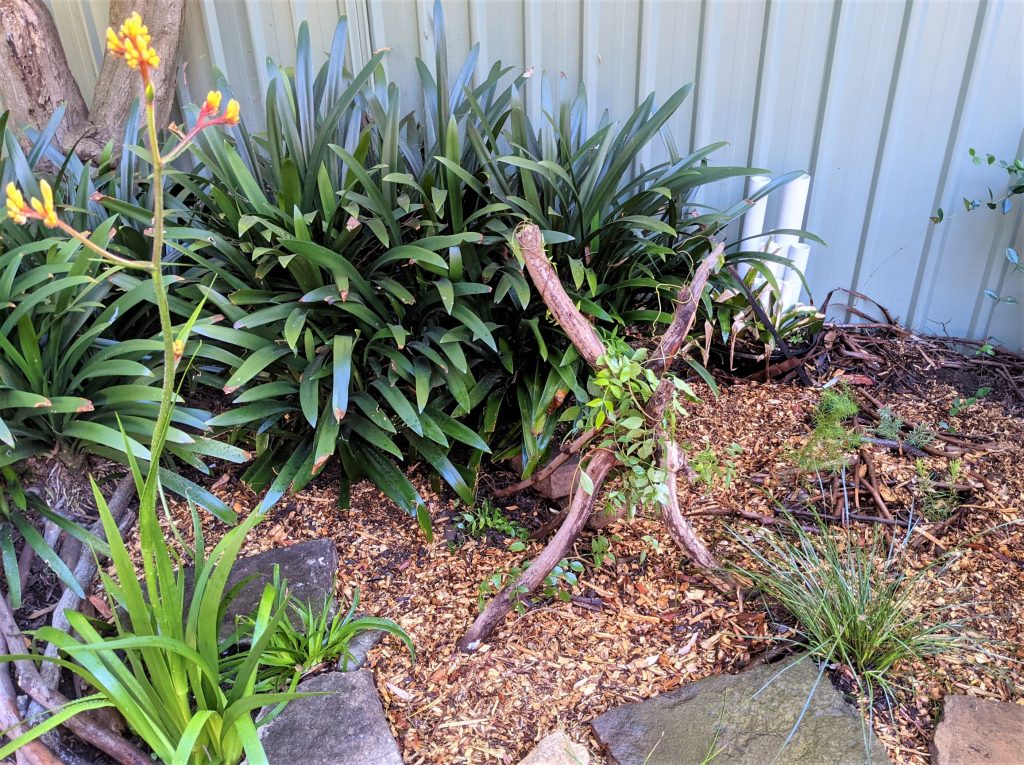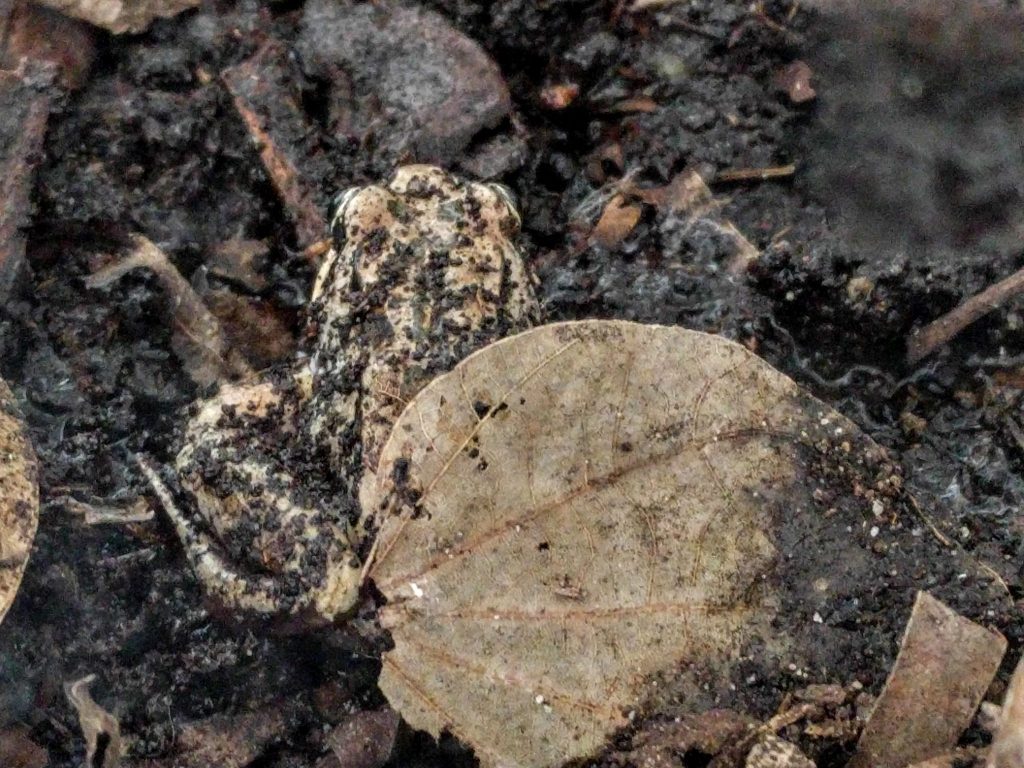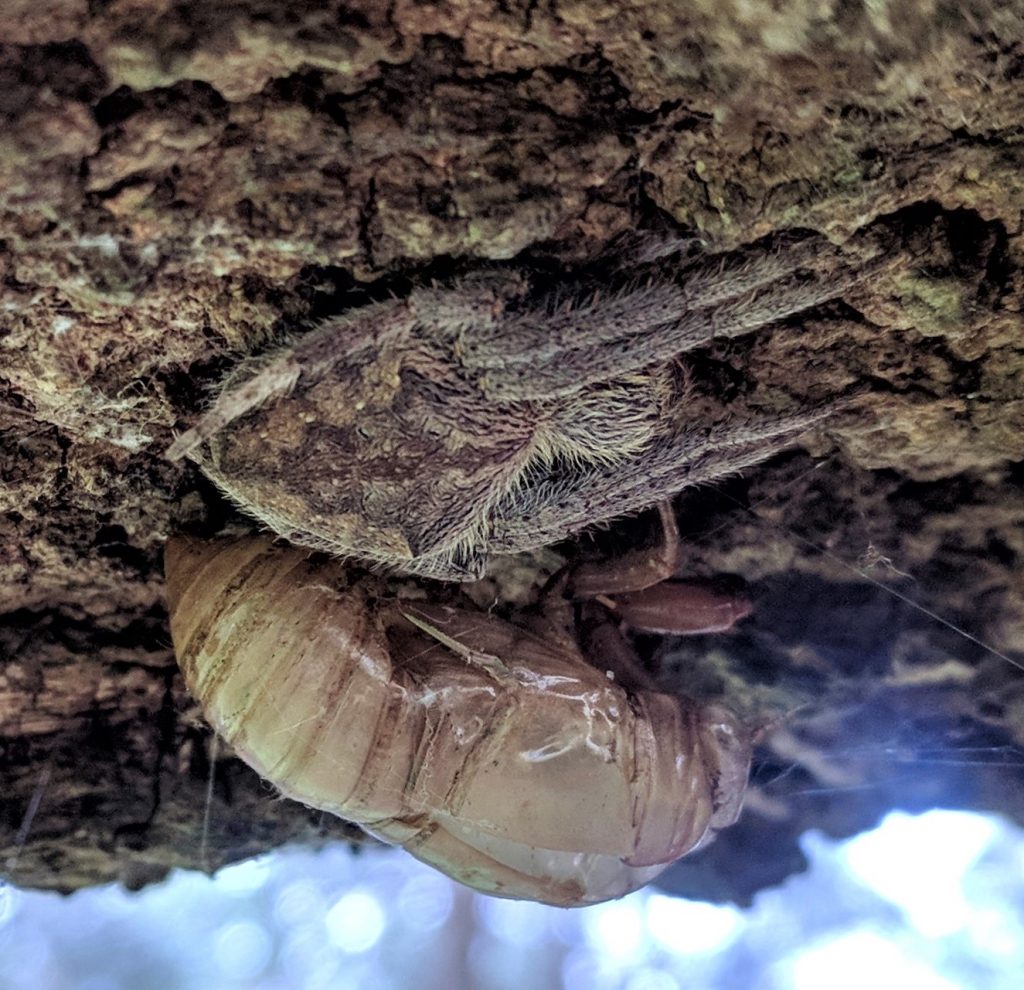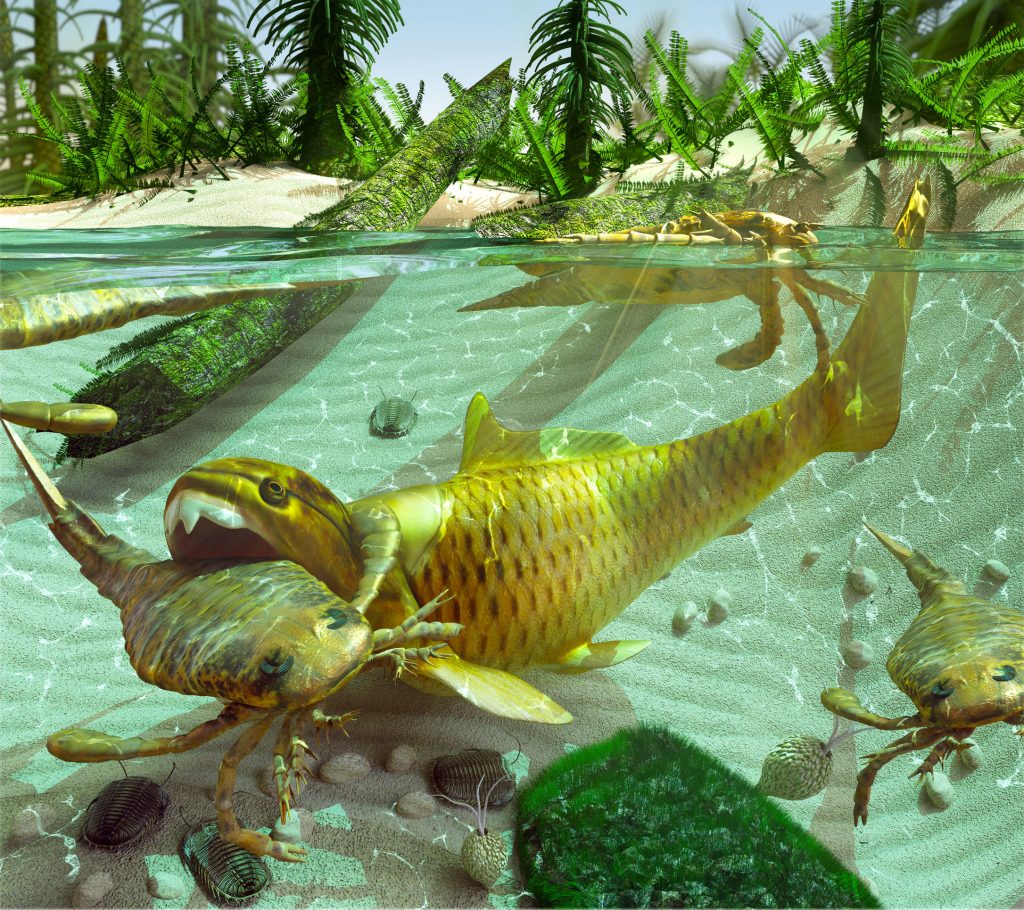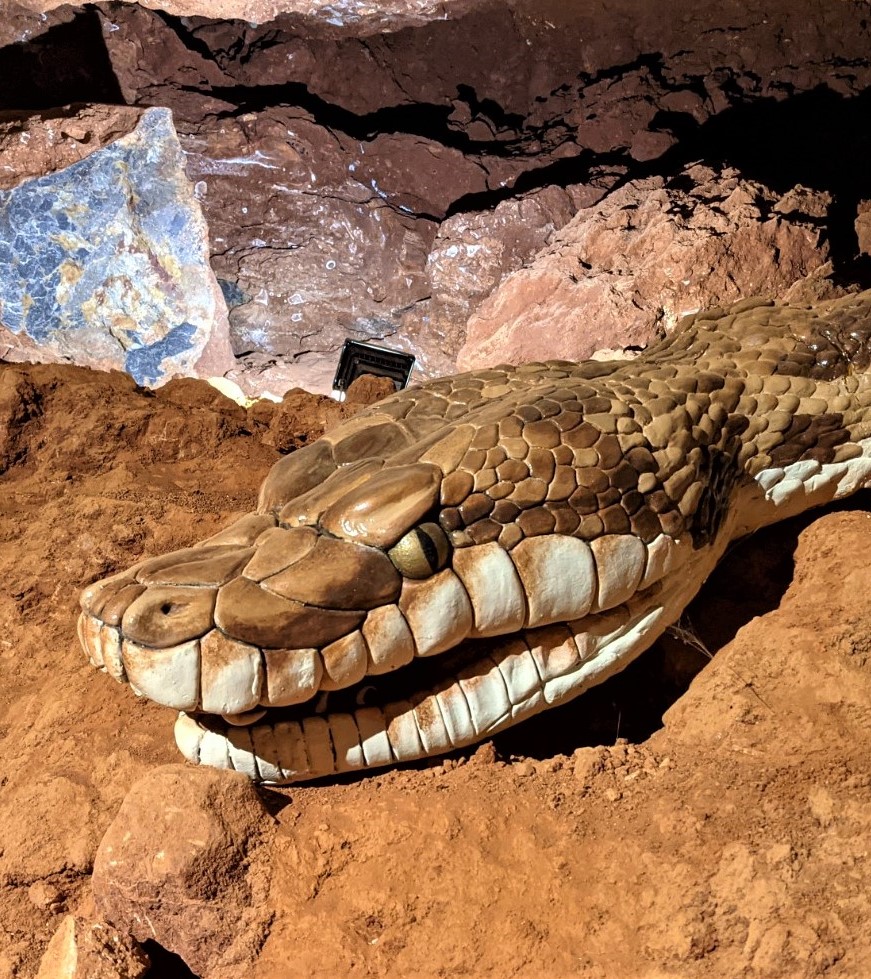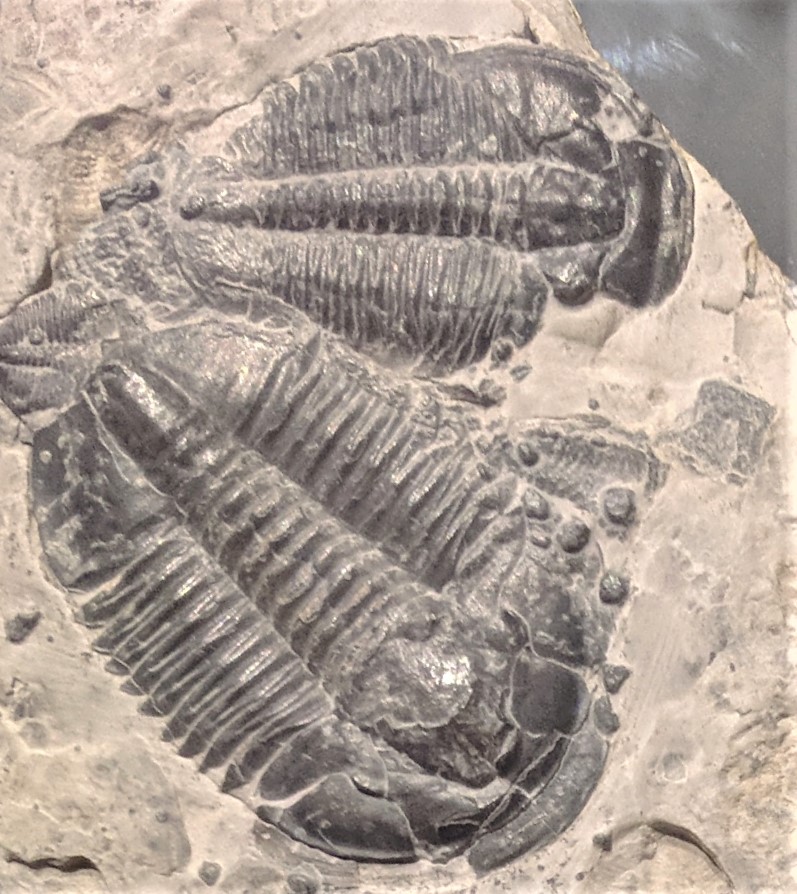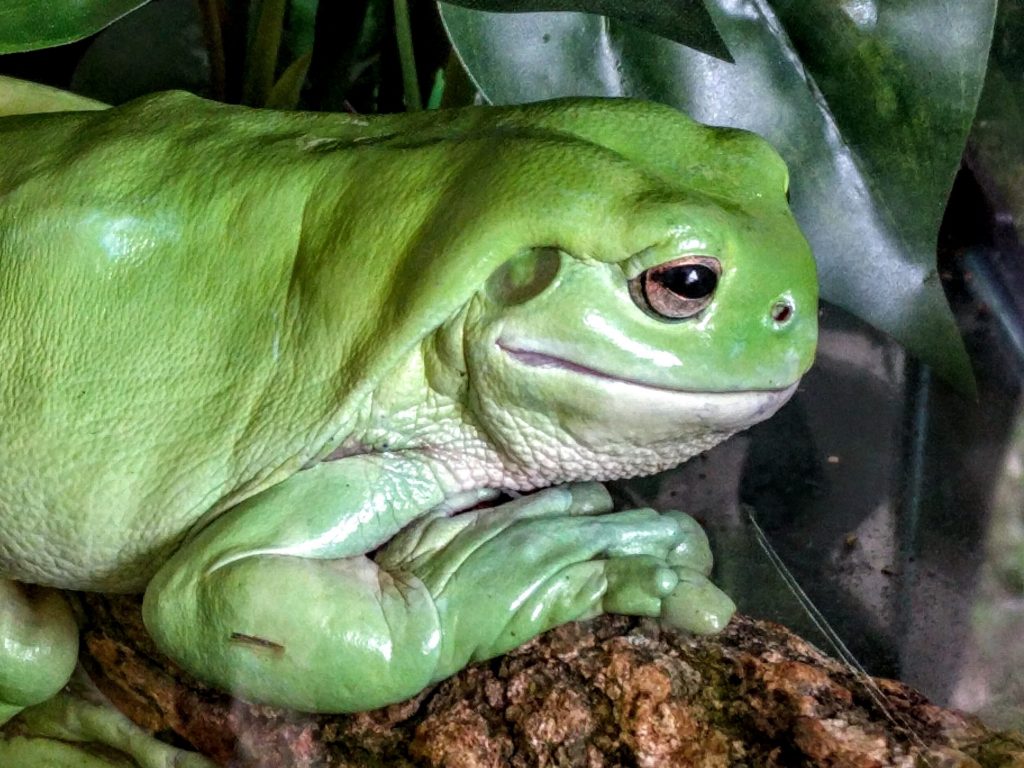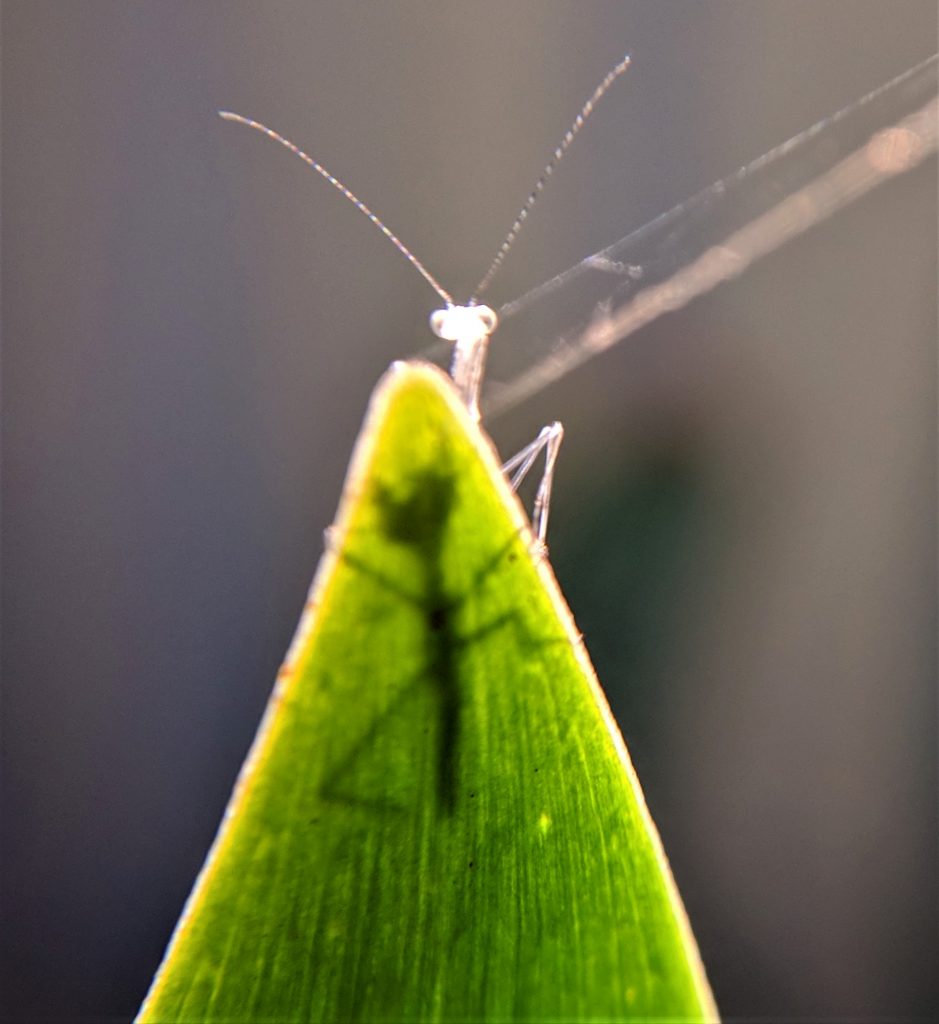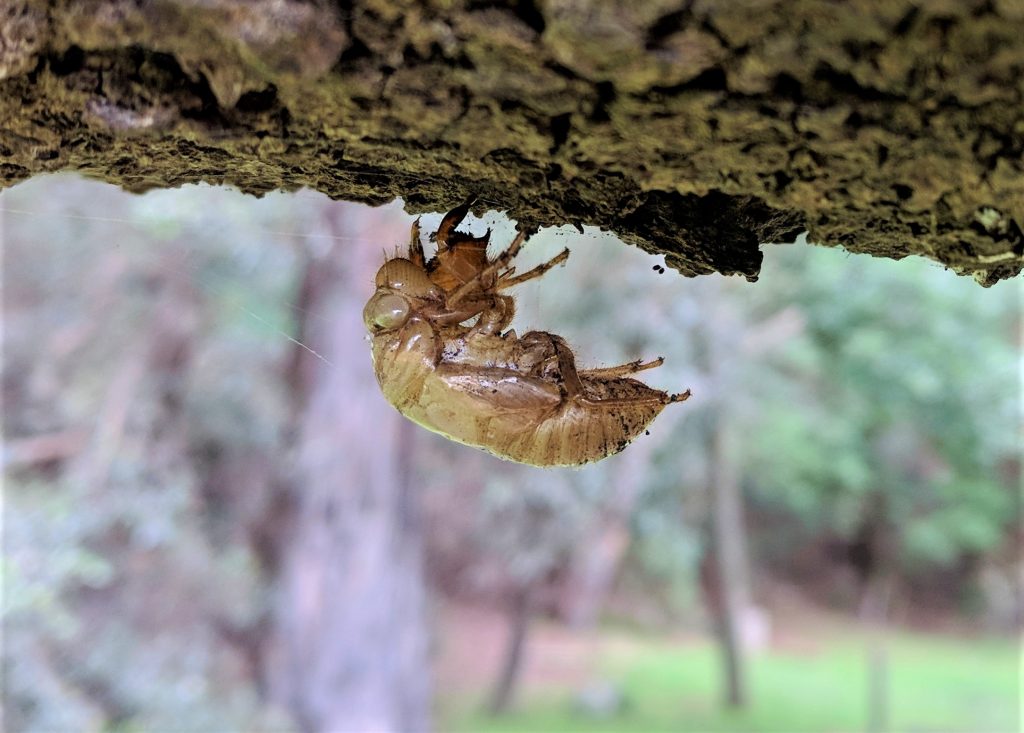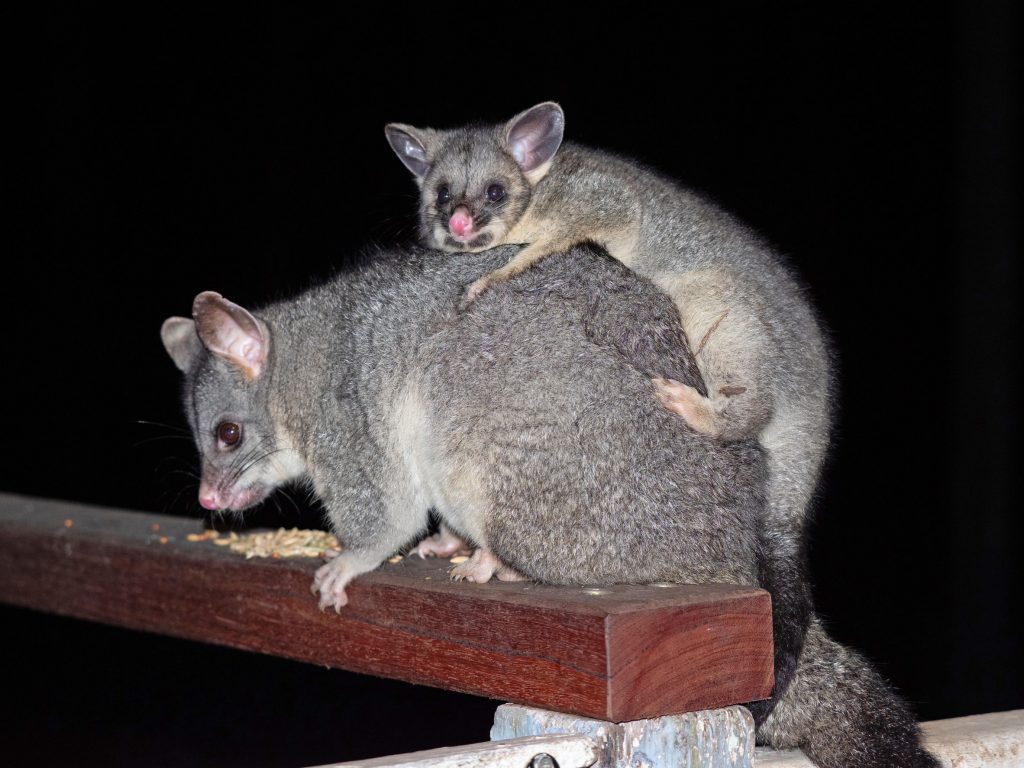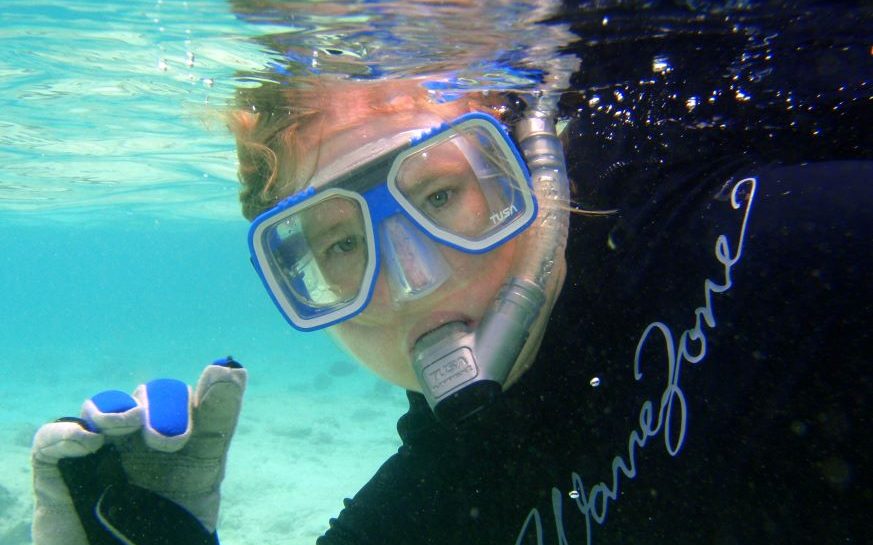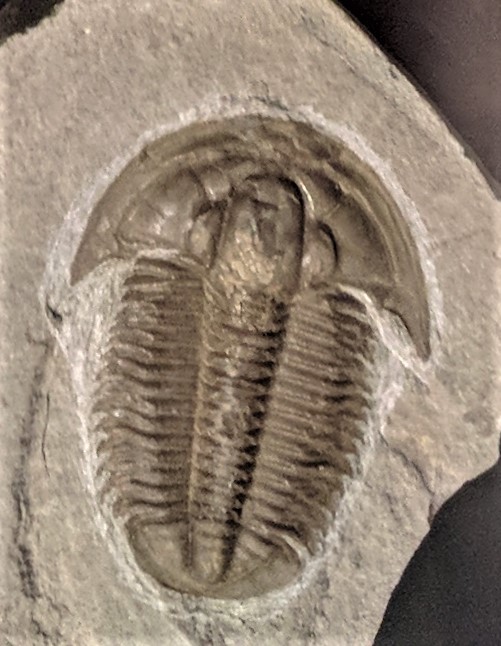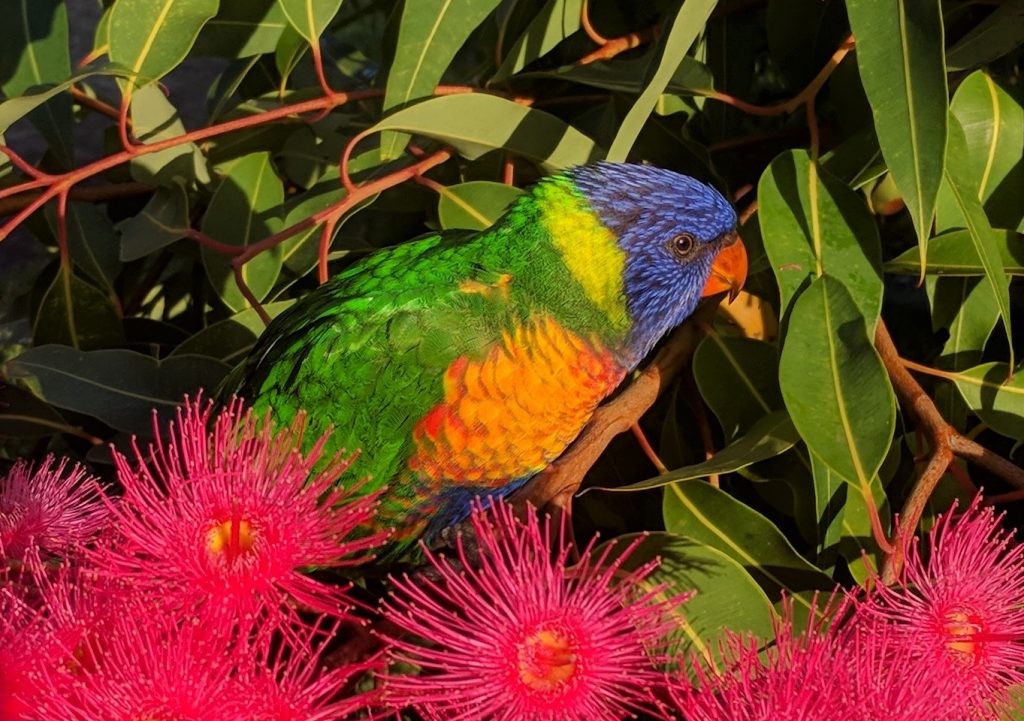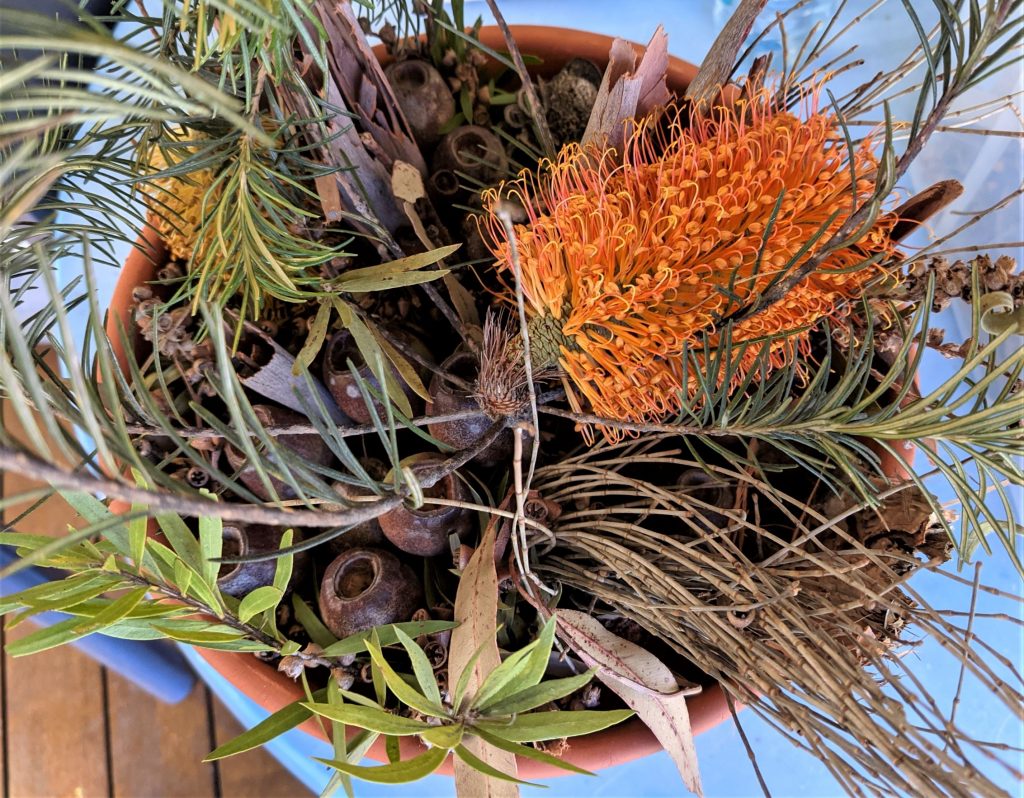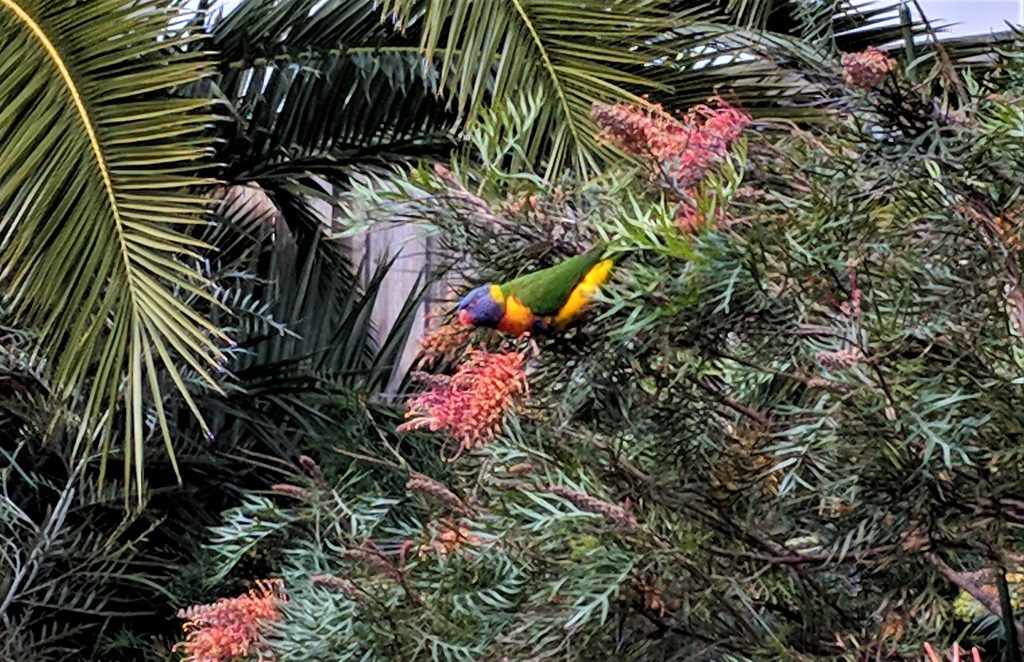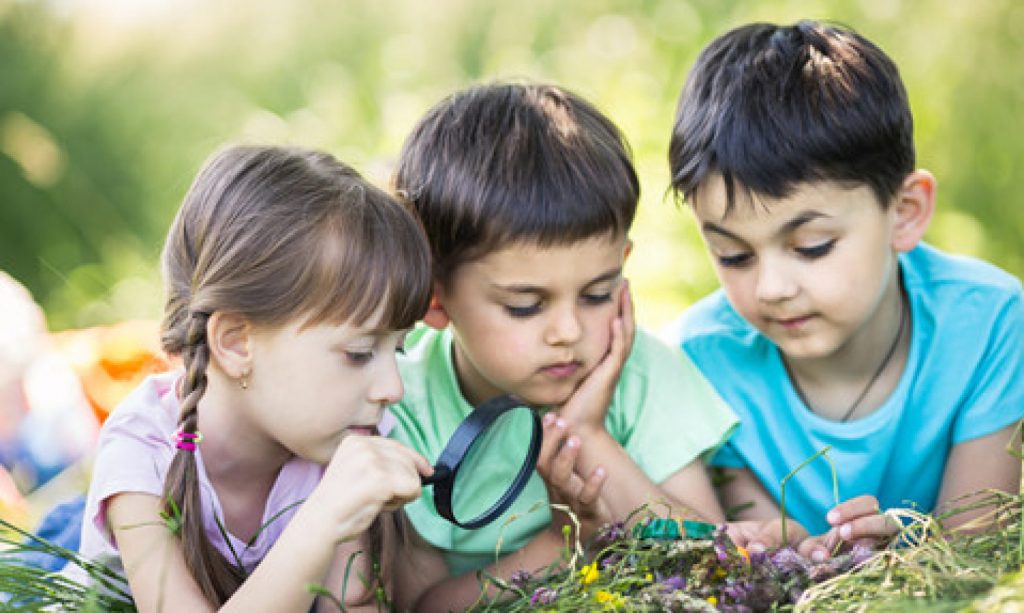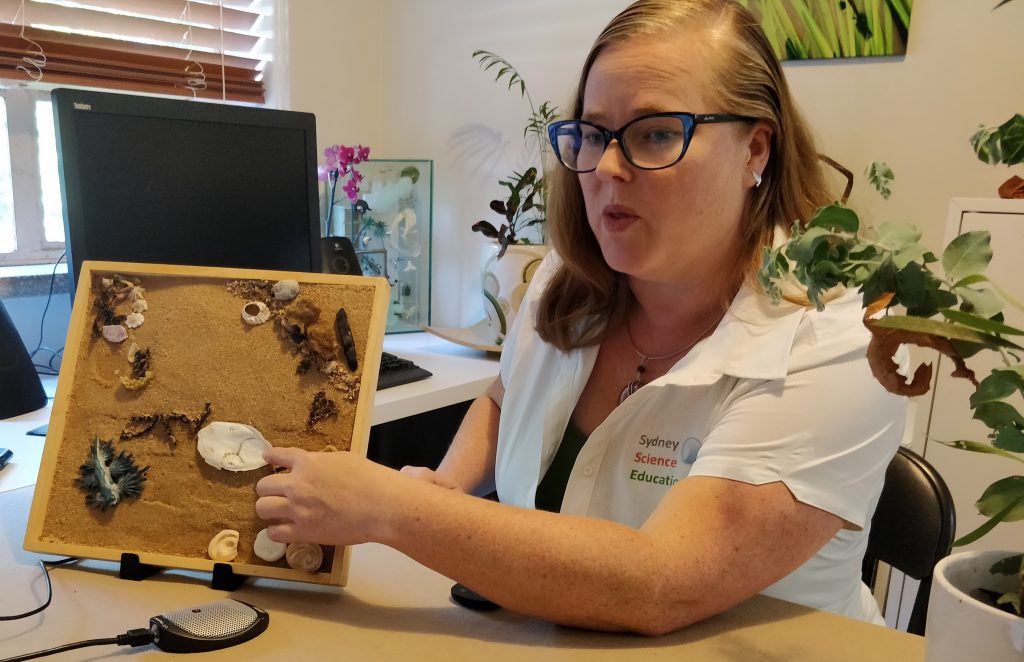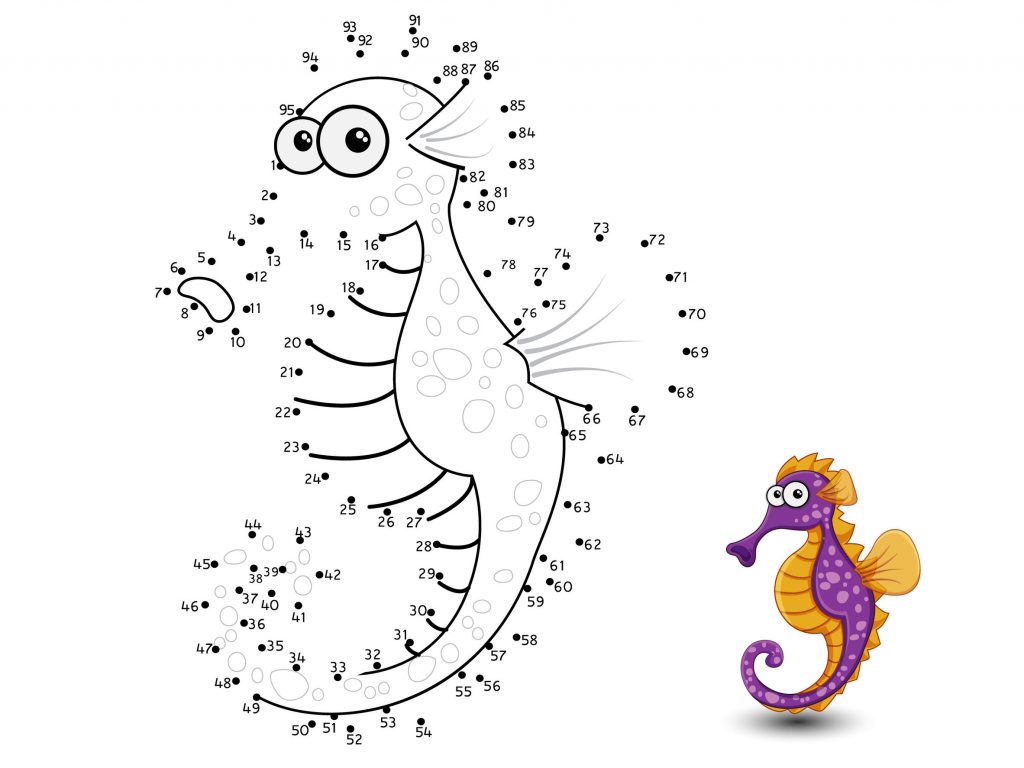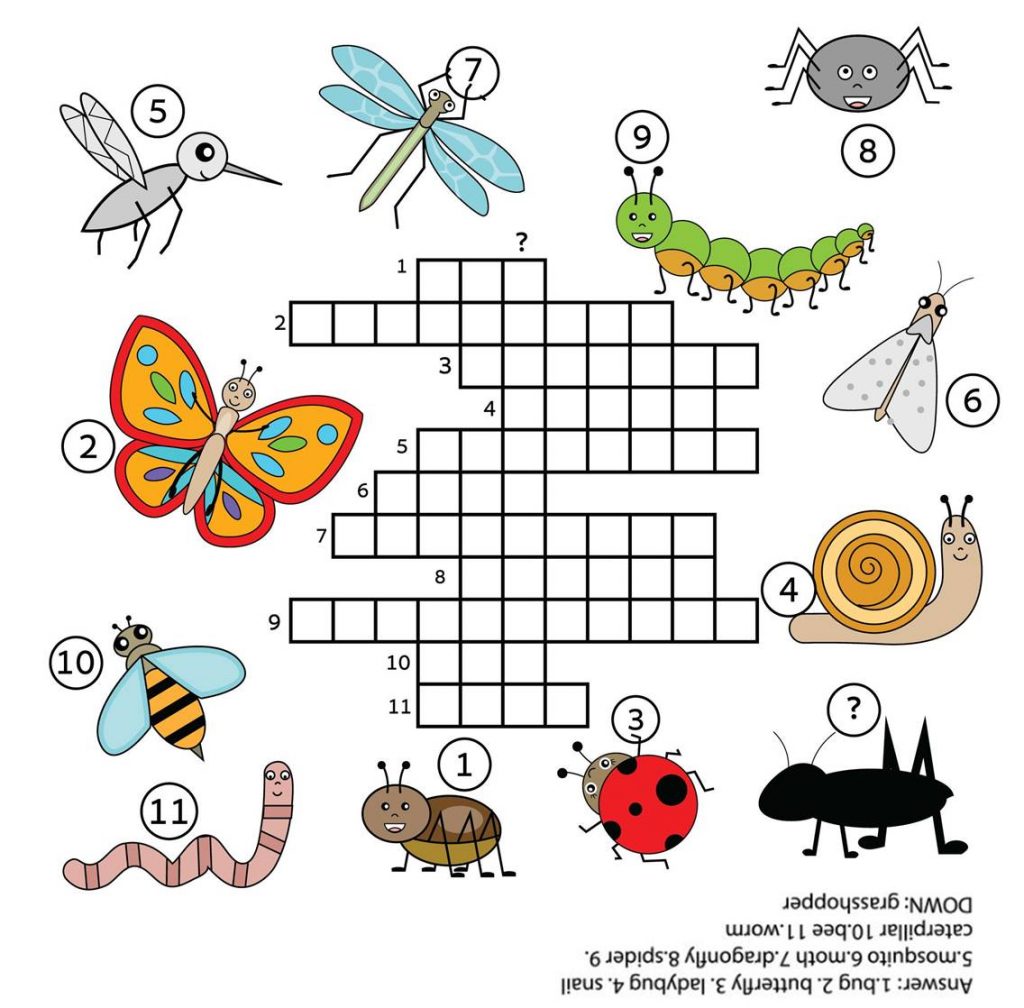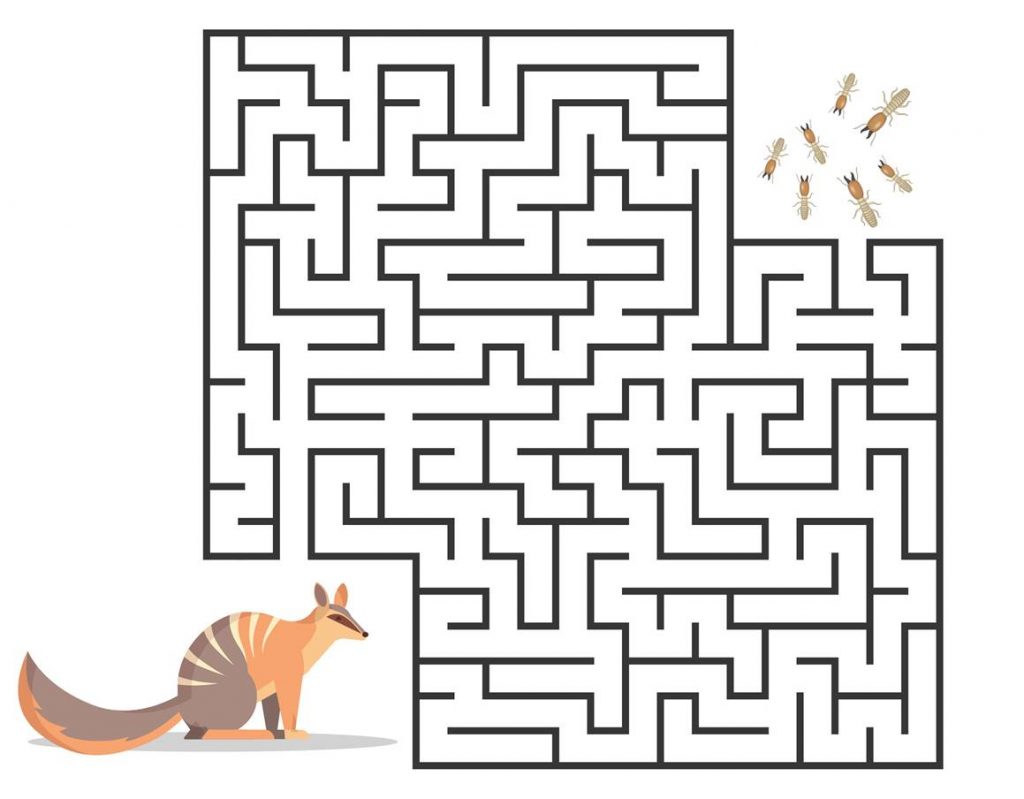This week has been an incredible marine world adventure, above and below the water. I started the week with a Marvellous Marine Life virtual excursion in the morning, followed by a night snorkel at Shelly Beach Manly. On Tuesday I presented a special live streamed event, Under the Sea for Children’s Week. Wednesday morning I had an amazing scuba dive at Clifton Gardens. My marine world adventure concluded with another Marvellous Marine Life virtual excursion.
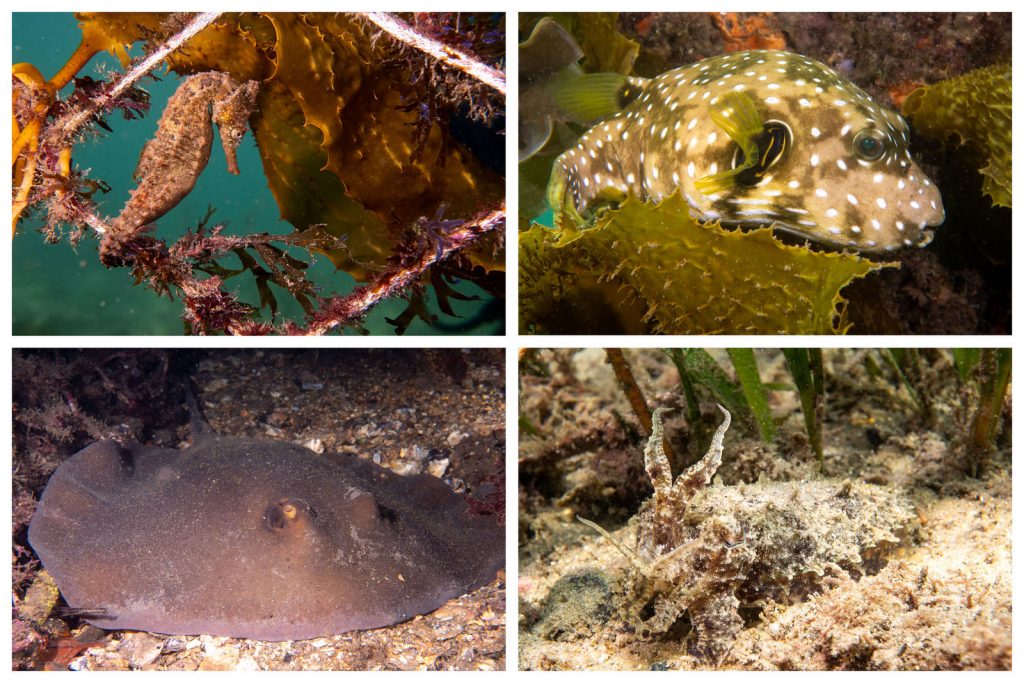
Clockwise: male White’s seahorse, stars and stripes puffer, mourning cuttlefish and common stingaree
I love sharing my underwater advenures and have been delivering virtual excursions for students for many years. This years has had it’s challenges as I wasn’t able to get to the water due to months of lockdown. One thing that kept me going was being able to share my marine adventures and stories with students across Australia.
We had word that over the weekend there was a lot of bioluminescence in the water at Manly. My sister and I thought it was time for a night snorkel to experience the bioluminescence. It is an amazing experience being in the water, you see flashes of light when you move your hand quickly through the water.
Bioluminescence is light produced as a result of a chemical reaction in animals. Some animals make the necessary chemicals themselves, some absorb them from their food and others allow bioluminescent organisms to live inside them forming a symbiotic relationship.
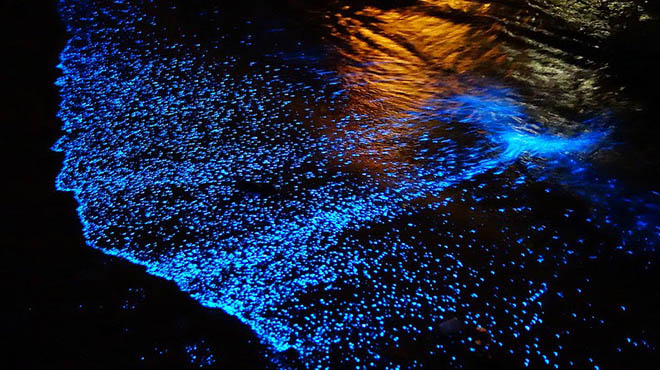
It was great to get back in the water this week and after the bioluminescence, I wasn’t sure what could top it. Well, a nice shore dive at Clifton Gardens definitely was the answer. We were greeted by a massive stingray, that was doing laps checking up on us. The visibility wasn’t great but we discovered so many seahorses camouflaging against the pylons of the wharf and the nets around the pool. There were lots cuttlefish, one of my favourite animals. We also saw a couple of huge pufferfish swimming around too. It was a great way to get back in the water after so long.
You can check out the recording of the Under the Sea program for Children’s Week.
You can find out more about the Marvellous Marine Life incursions and virtual excursions.
Marine World reources
- Marine Environments
- Marvellous Marine Life
- Deep Sea
- Sydney’s Hidden Gardens
- My Dive with Sharks
- Beachcombing – exploring our shores
- Penguin Awareness Day
- World Jellyfish Day
- World Octopus Day

